
Science fiction TV has always been ambitious, creating vast and imaginative worlds within the confines of our screens. These shows not only showcased futuristic technology and explored important social issues, but also constantly innovated with visual effects, often under pressure. Many developed dedicated fan bases that ensured their stories continued through repeats and reboots. Here’s a look at some of the most influential series that defined the look and feel of science fiction on television.
‘The Twilight Zone’ (1959–1964)
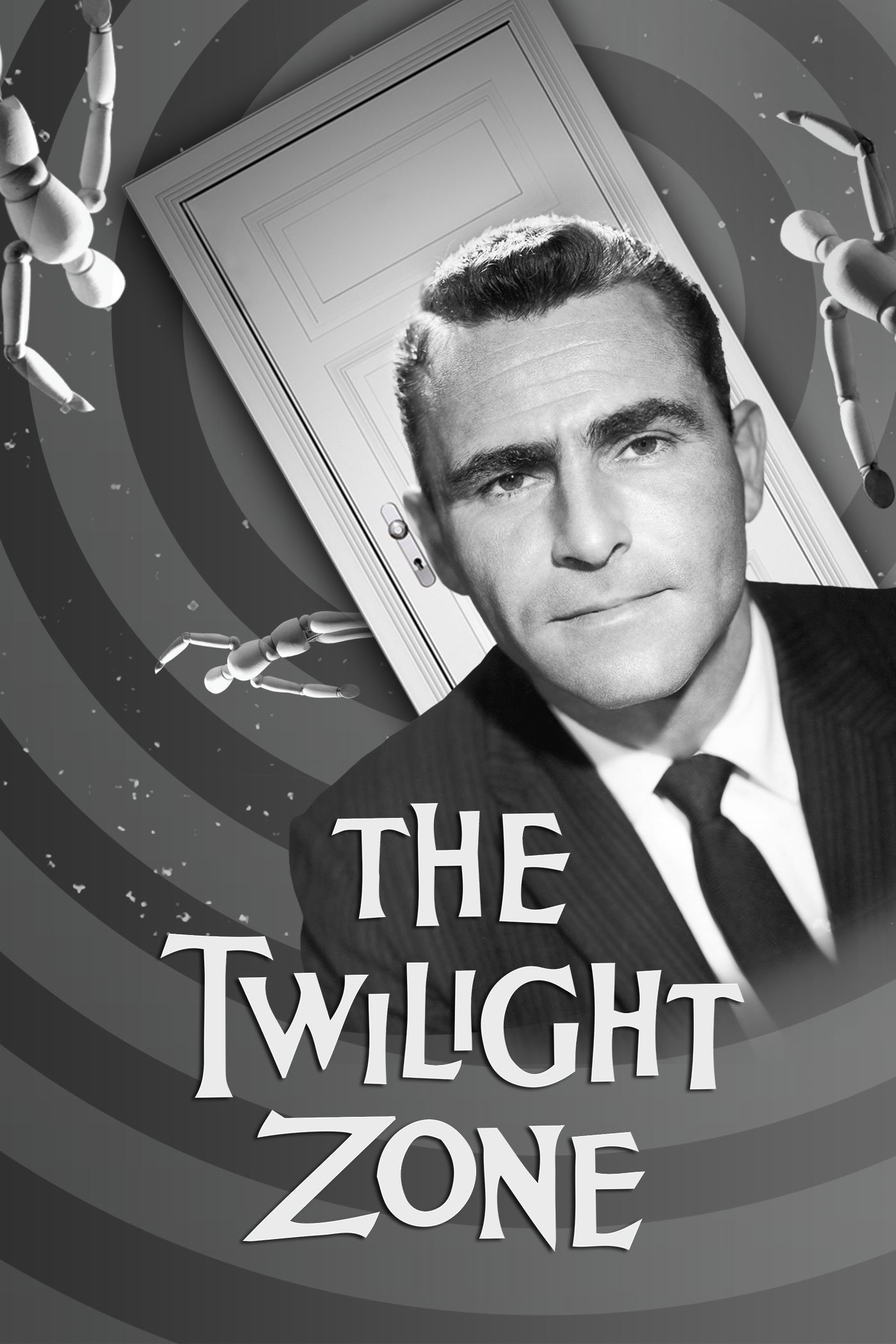
Rod Serling’s iconic series was known for combining imaginative stories with insightful observations about society. Each episode typically featured a secluded location, a surprising twist, and a difficult moral question, all used to examine our anxieties about technology and what it means to be human. The show was made affordably through simple sets and focused on strong character development. Its short, half-hour length also made it easy to share with audiences around the world, allowing it to remain popular with new viewers for decades.
‘Star Trek: The Original Series’ (1966–1969)
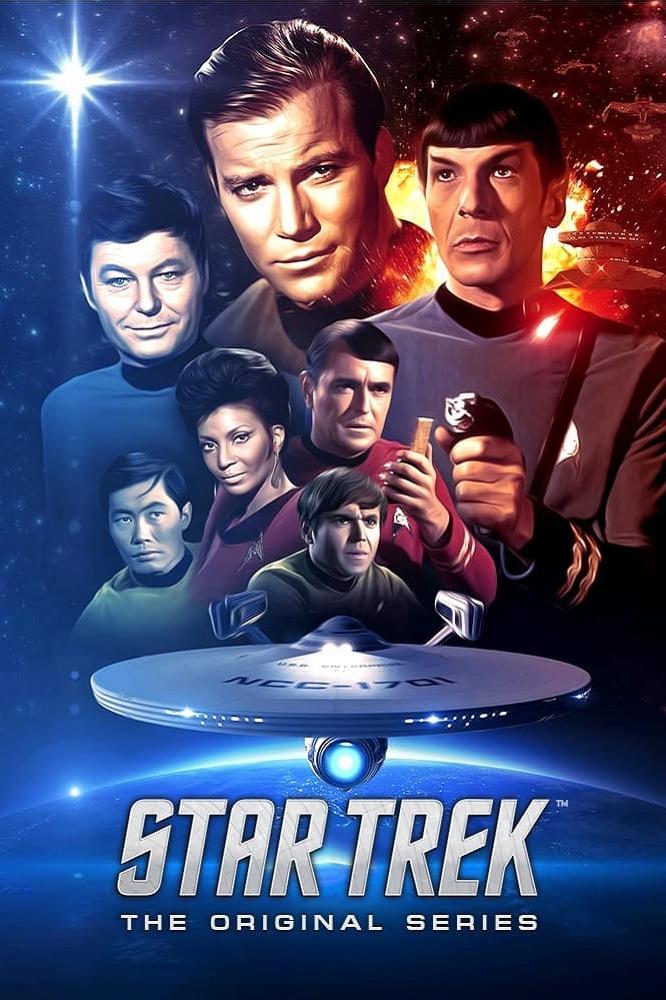
This show followed the adventures of the starship Enterprise and its crew as they explored the galaxy on missions of science and diplomacy. It famously featured a diverse team on the bridge and introduced futuristic technology like handheld communicators and universal translators, along with the concept of warp speed travel. Despite being canceled after only three seasons, a massive fan campaign secured its continued broadcast in syndication. The show’s enduring popularity through reruns led to the creation of several movies and spin-off series.
‘Star Trek: The Next Generation’ (1987–1994)
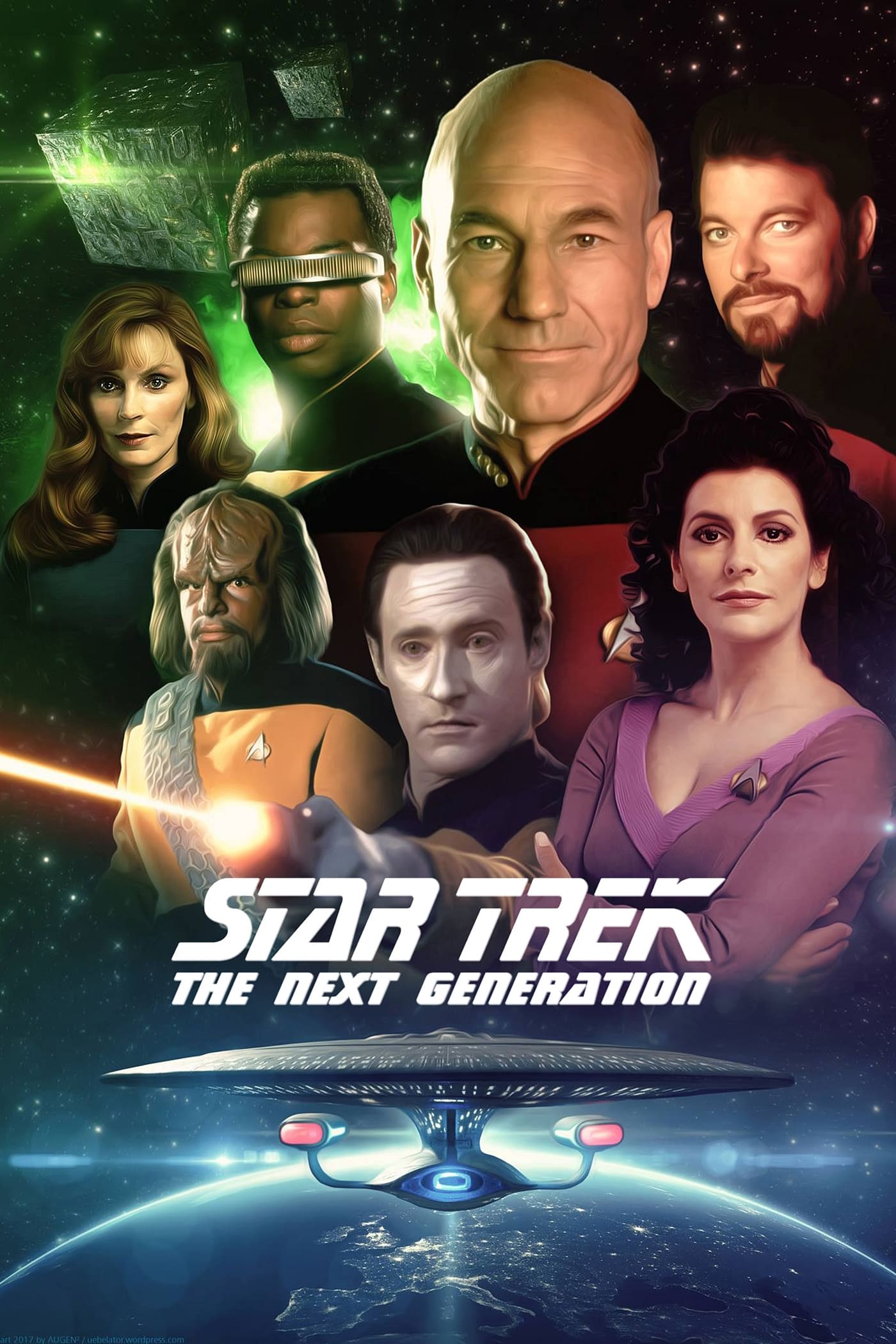
Taking place seventy years after the first series, this show featured a new starship, the Enterprise, under the command of Captain Jean-Luc Picard. It broadened the ‘Star Trek’ universe with ongoing stories about the Borg, Romulans, and Klingons. The show also improved its visual effects, using models and advanced camera techniques for impressive space battles. Its successful seven-year run paved the way for future ‘Star Trek’ shows to be made.
‘Doctor Who’ (2005–present)
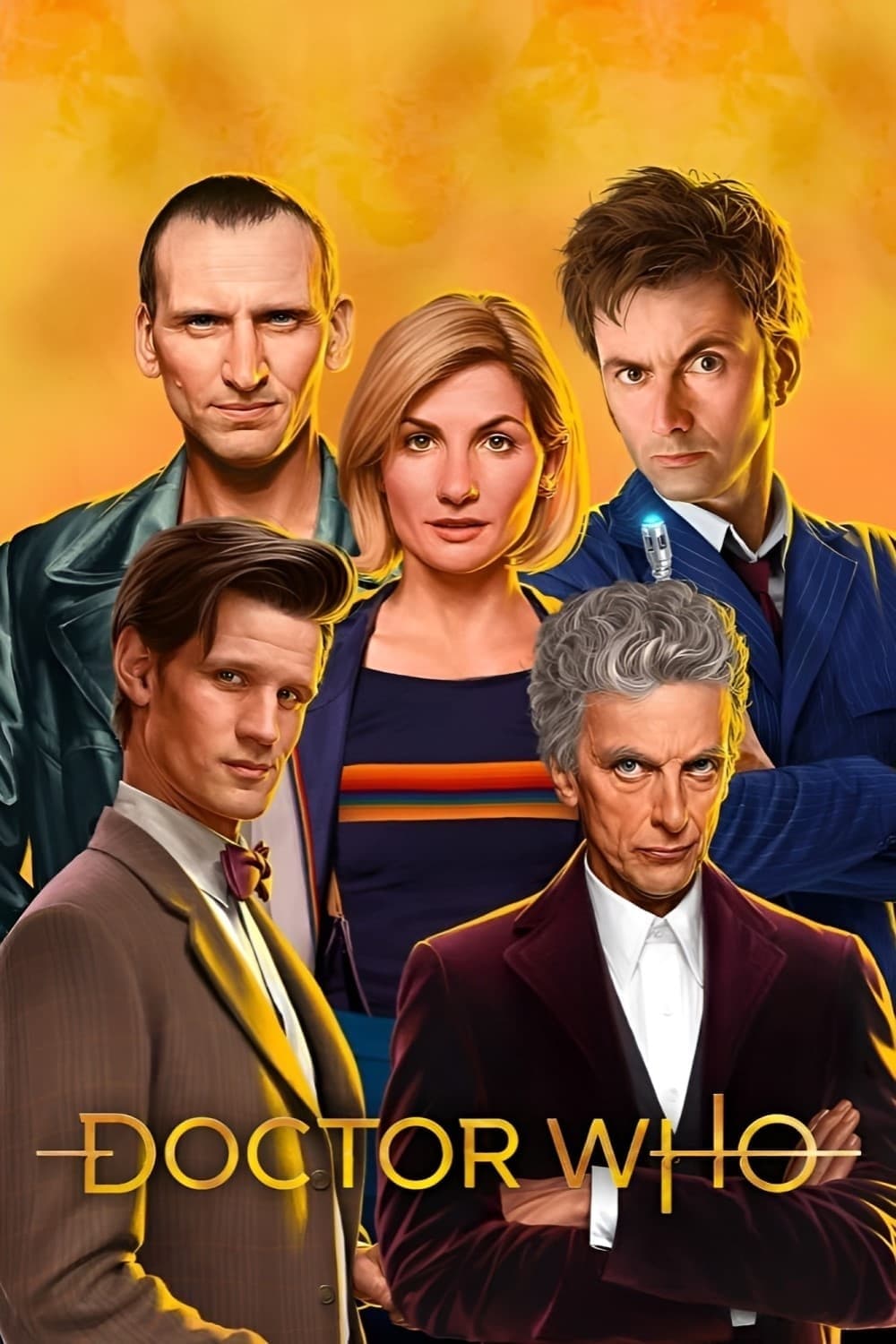
The show has been successfully brought back with the Doctor, a time-traveling alien who journeys in a famously larger-than-it-looks police box. A unique process called ‘regeneration’ allows the Doctor to be played by different actors over time, maintaining the story’s flow. Episodes range from self-contained adventures to longer story arcs featuring returning characters and villains. The show is made with a dynamic writing team that can shift between small, personal stories and large-scale events.
‘The X-Files’ (1993–2002)
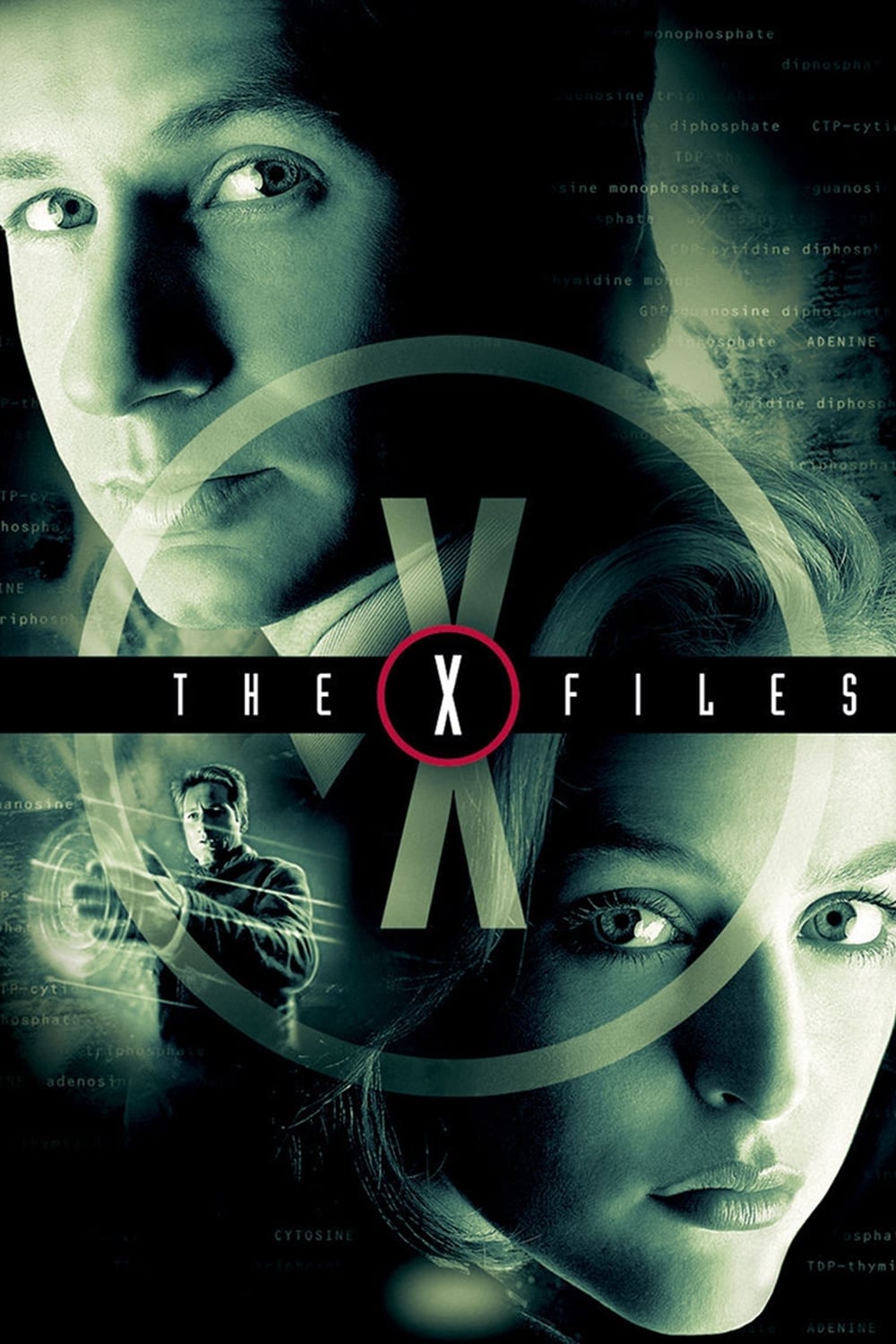
The X-Files follows FBI agents Fox Mulder and Dana Scully as they investigate strange, unexplainable events and uncover hidden government secrets. Some episodes focus on a larger, ongoing conspiracy, while others present self-contained cases. Filmed in Vancouver, the show is known for its dark and atmospheric visuals, often shot on location at night. It was a groundbreaking series that significantly influenced television in the 1990s with its blend of investigative structure and science fiction themes.
‘Battlestar Galactica’ (2004–2009)
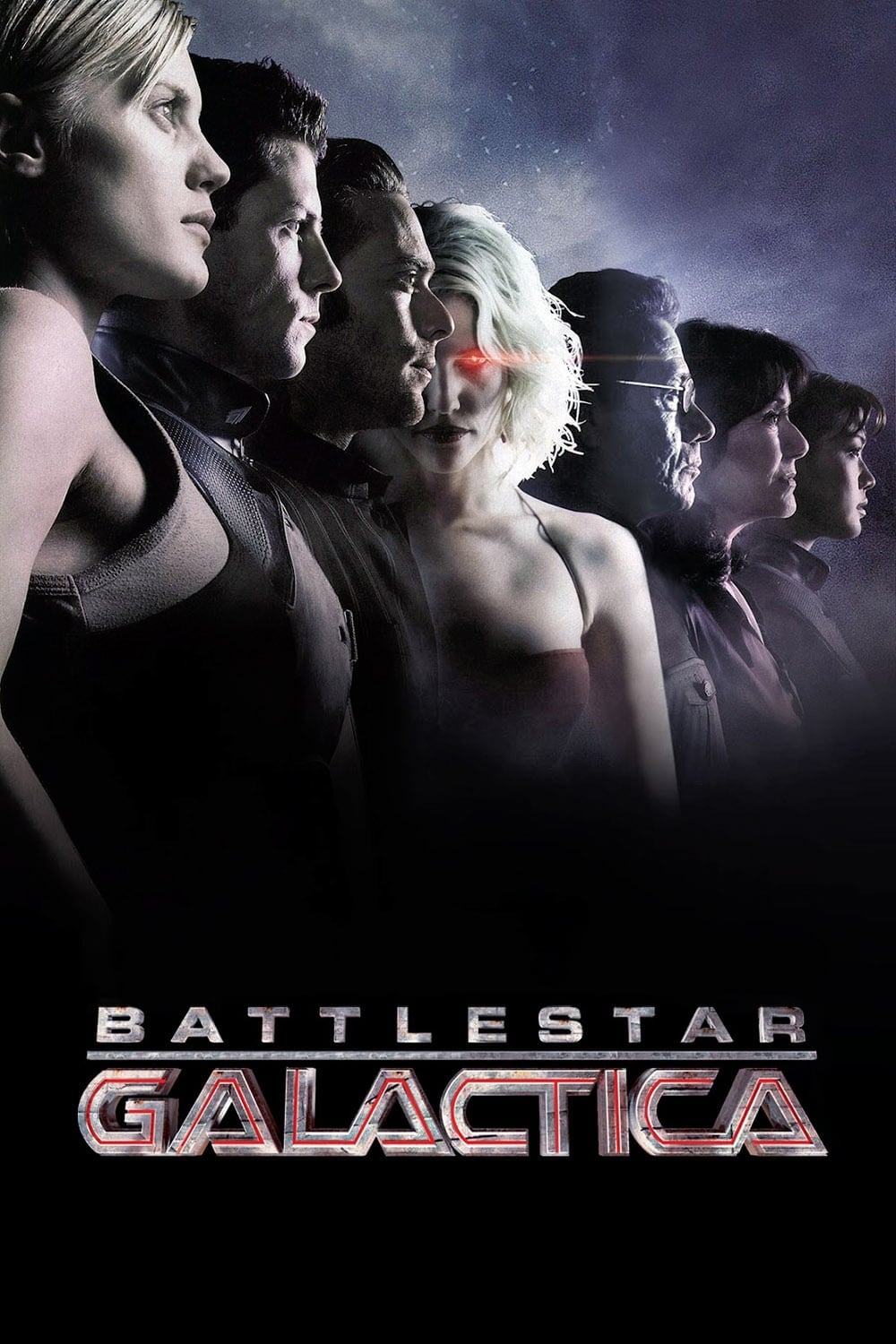
This series tells the story of humans on the run from robotic enemies, desperately searching for their ancestral home, Earth. It’s filmed in a realistic, documentary-like style, using shaky camera work and zooms, especially during space combat. The show explores themes of leadership, government, and what it means to be alive, while also focusing on the challenges of artificial intelligence. Visually, it combines computer-generated imagery with real-world sets and models to create believable spacecraft and environments.
‘Babylon 5’ (1994–1998)

This show, set on a space station and focused on diplomacy, was designed to tell a complete story over five years. It was groundbreaking for its time, using a lot of computer-generated effects for spaceships and settings despite having a limited television budget. The way the stories unfolded allowed characters to develop and political situations to change meaningfully over many episodes. Clever financial arrangements, including international partnerships and rerunning rights, helped keep the show running for all its seasons.
‘Black Mirror’ (2011–present)

This series examines emerging technologies and the surprising problems they might cause. Each story is self-contained, featuring different characters, settings, and artistic approaches. The show frequently creates its worlds by imagining how current technologies, like social media and review systems, could evolve. Different production companies have collaborated on each season, allowing for more ambitious projects and filming in locations around the globe.
‘The Expanse’ (2015–2022)
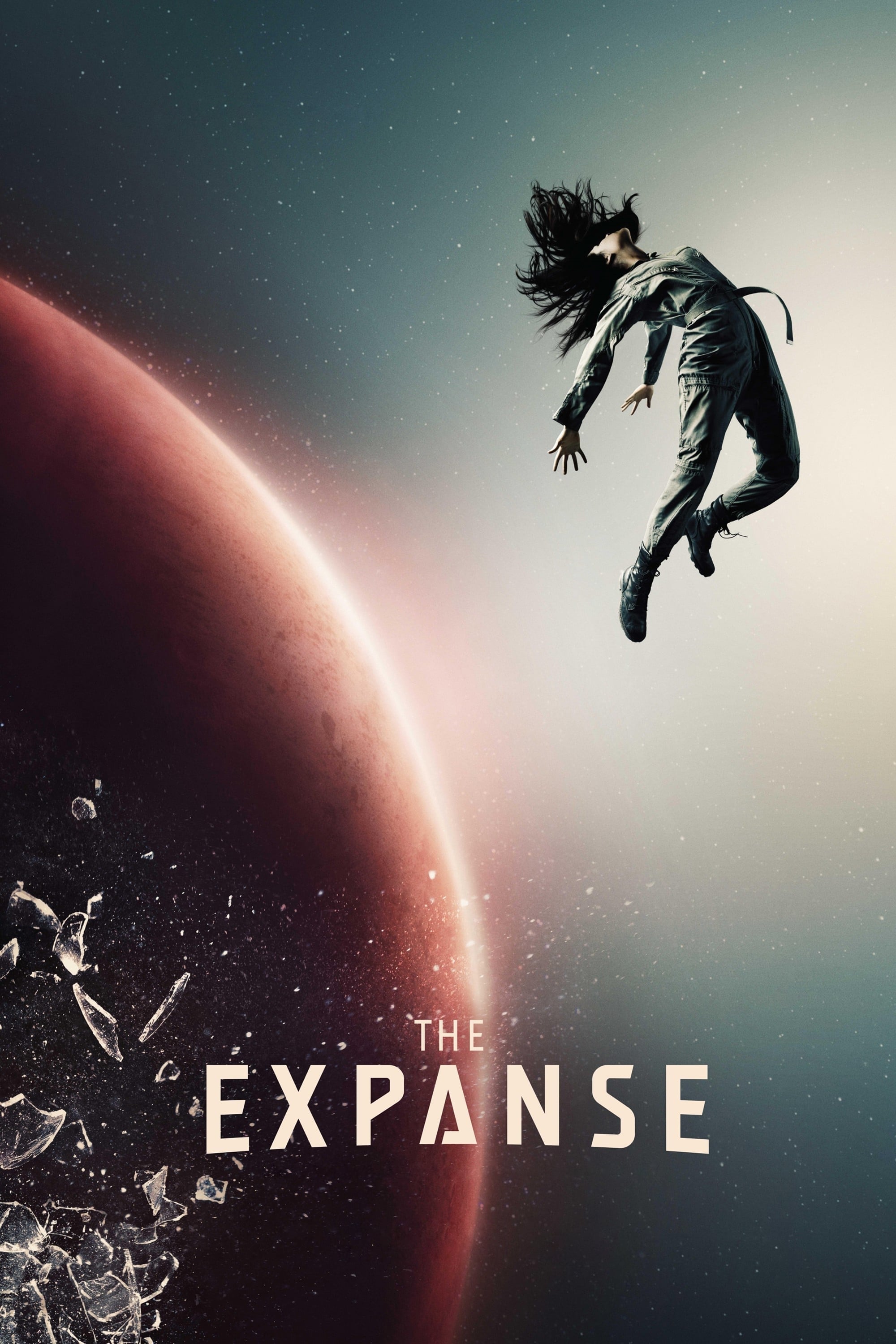
This series, inspired by a set of novels, depicts a future solar system where Earth, Mars, and the asteroid belt have been colonized. It portrays space travel in a believable way, taking into account real-world physics like the limits of acceleration and the effects of zero gravity. Originally airing on cable, the show was canceled mid-run but continued thanks to a move to streaming. The production focuses on creating practical and believable spaceship interiors and showcasing a diverse, multilingual culture.
‘Star Trek: Voyager’ (1995–2001)

The show centers on the crew of a Starfleet ship and a group of Maquis rebels who find themselves lost far from Federation territory. It used a combination of practical models and computer-generated effects to bring new worlds and alien lifeforms to life. A key part of the story is how these two very different crews learn to work together under one captain. The series also featured innovative technologies, including bio-neural gel packs and a holographic doctor who became a regular character.
‘Star Trek: Enterprise’ (2001–2005)
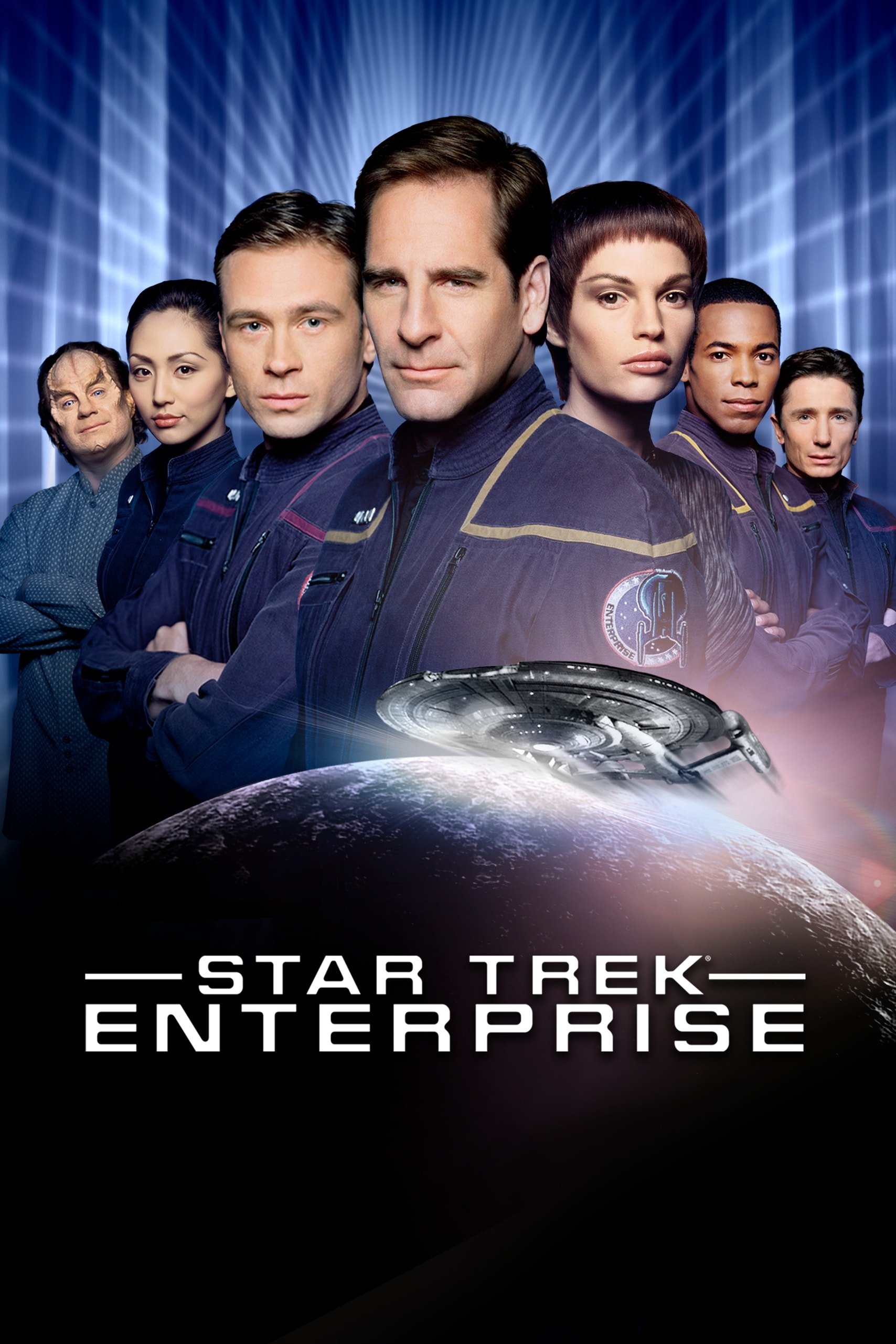
This series, set before the time of the Federation, focuses on the first voyages into warp speed. It shows humanity’s initial encounters with alien civilizations, laying the groundwork for future conflicts. The show’s creators deliberately designed the technology and visuals to feel like a bridge between what we have now and what the future might hold. The overall story unfolds over time, revealing a hidden ‘cold war’ and a large-scale interstellar threat.
‘Star Trek: Strange New Worlds’ (2022–present)

The show revisits the classic ‘Enterprise’ format, following Captain Pike and his crew on new missions. Each episode features both self-contained adventures and developing storylines for the characters. While visually updated with modern effects, the sets and costumes pay homage to the original series. The stories often focus on the challenges of encountering new civilizations, as well as the medical and technical problems that arise during long-term space exploration.
‘Star Trek: Picard’ (2020–2023)

This story picks up with a former captain who’s pulled back into the action among the stars. It brings back familiar faces and explores the changing political landscape of the region. Filming took place on location in California, and massive sets were built to represent the starships. The plot delves into issues like the rights of artificial beings, secret intelligence work, and negotiations between different alien species.
‘Stargate SG-1’ (1997–2007)
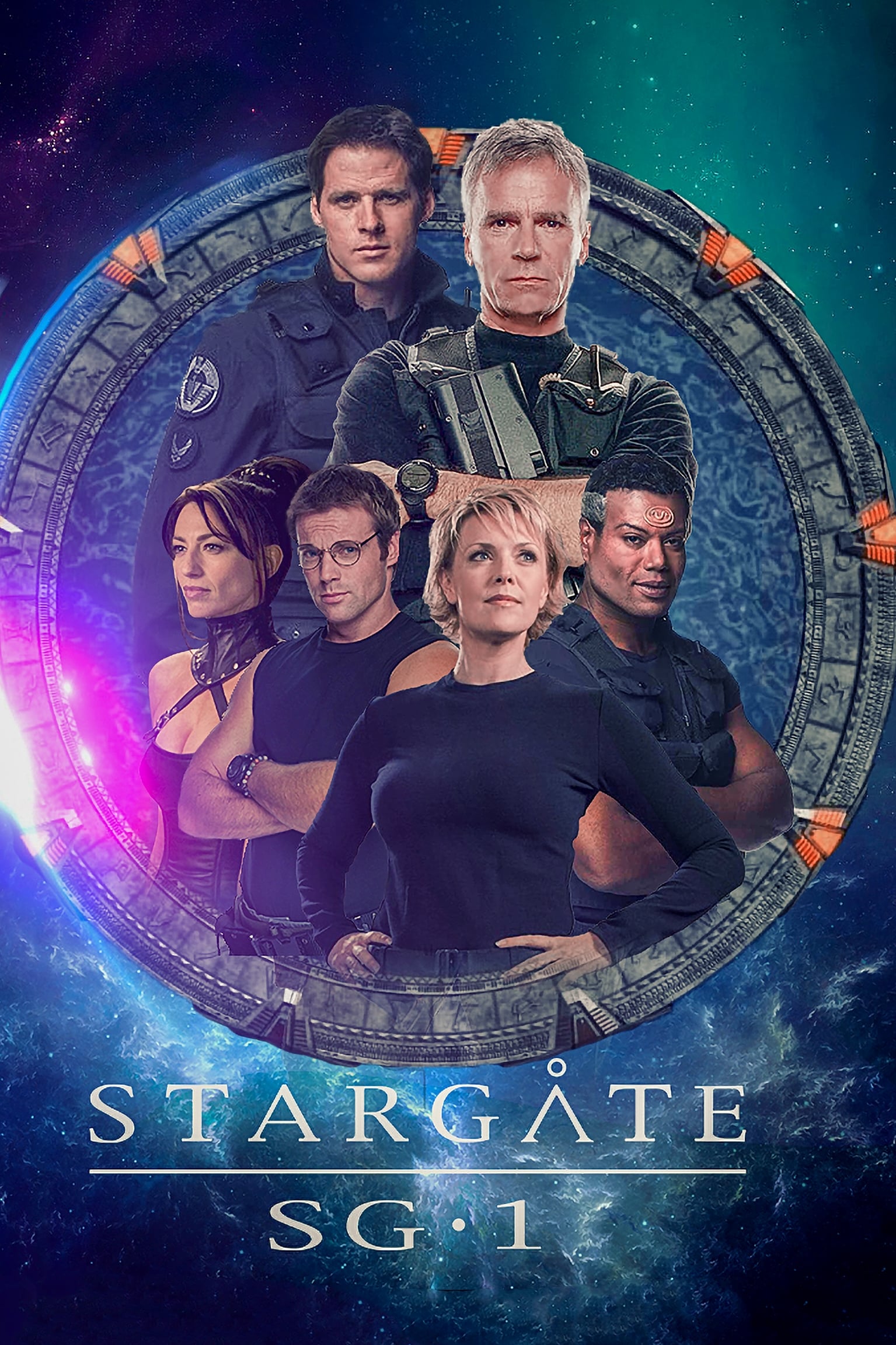
A team of soldiers journeys to different worlds using a network of ancient portals. The show features both standalone adventures and a larger, ongoing story about powerful empires across the stars. Filmed in and around Vancouver, the production cleverly used the same locations to represent various alien planets. They built many of the props and special effects – like energy staffs and ring-shaped teleportation devices – to be used repeatedly throughout the series.
‘Stargate Atlantis’ (2004–2009)
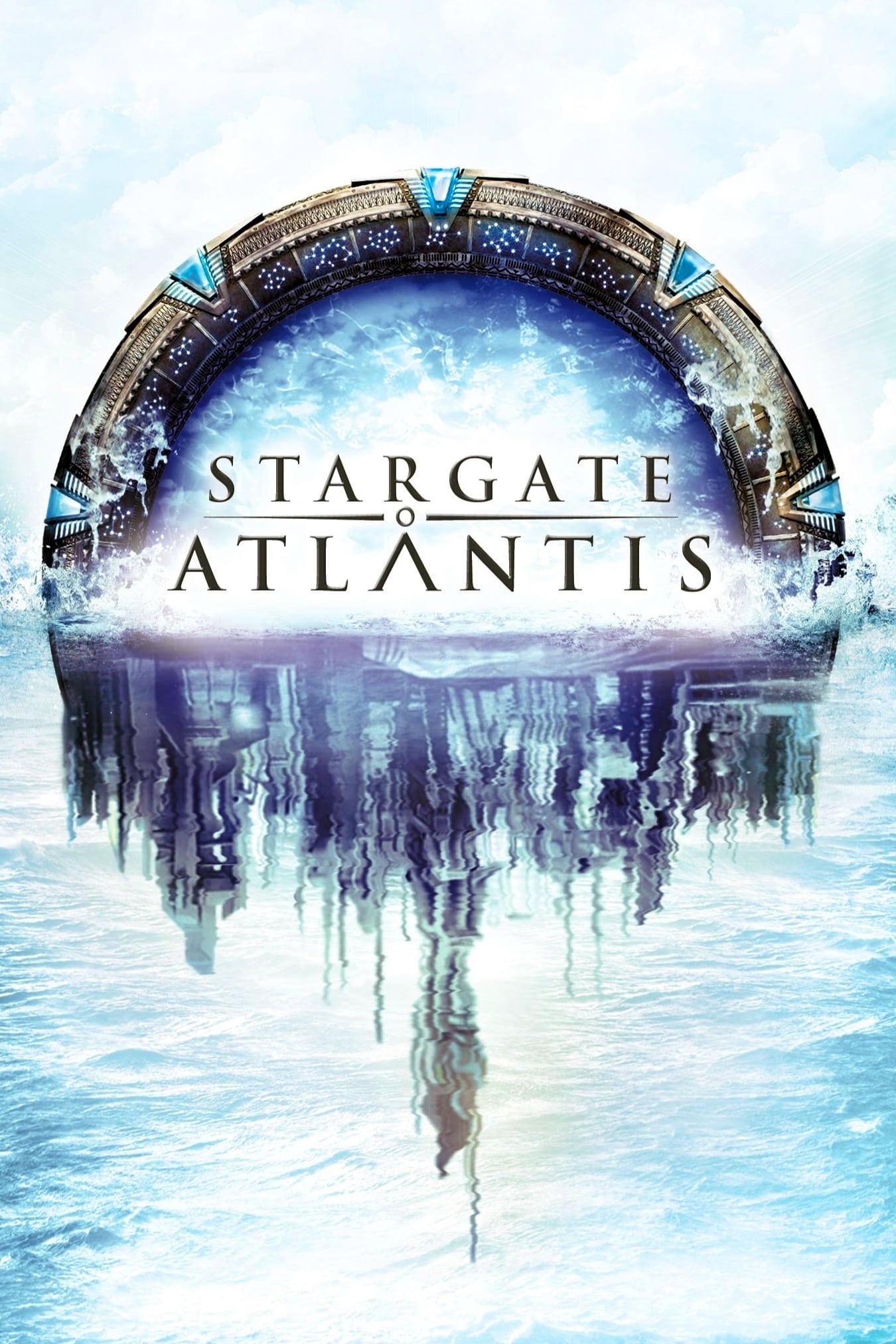
A team of explorers has found a forgotten city in a different galaxy. The show introduces new creatures and inventions, while still connecting to its original story. They built impressive ocean scenes using both large water tanks and computer-generated effects. The team working on the show is organized to handle missions that prioritize both scientific discovery and safety.
‘Stargate Universe’ (2009–2011)

Okay, so I just saw this film, and it’s a really intense ride. It throws you right into the middle of a desperate situation: a mixed group of civilians and soldiers are stuck on this unbelievably old spaceship, hurtling between galaxies. Forget space opera; this isn’t about grand battles. It’s all about the nitty-gritty – how do these people manage dwindling supplies and just survive? The filmmakers made some interesting choices visually, too. They went with a darker, more realistic look, and a lot of handheld camera work, which really adds to the feeling of being trapped and gives it a raw, almost documentary-style feel. And the ship itself is on autopilot, charting a course into completely uncharted space, so there’s a constant sense of mystery and danger as they drift into the unknown.
‘The Mandalorian’ (2019–present)
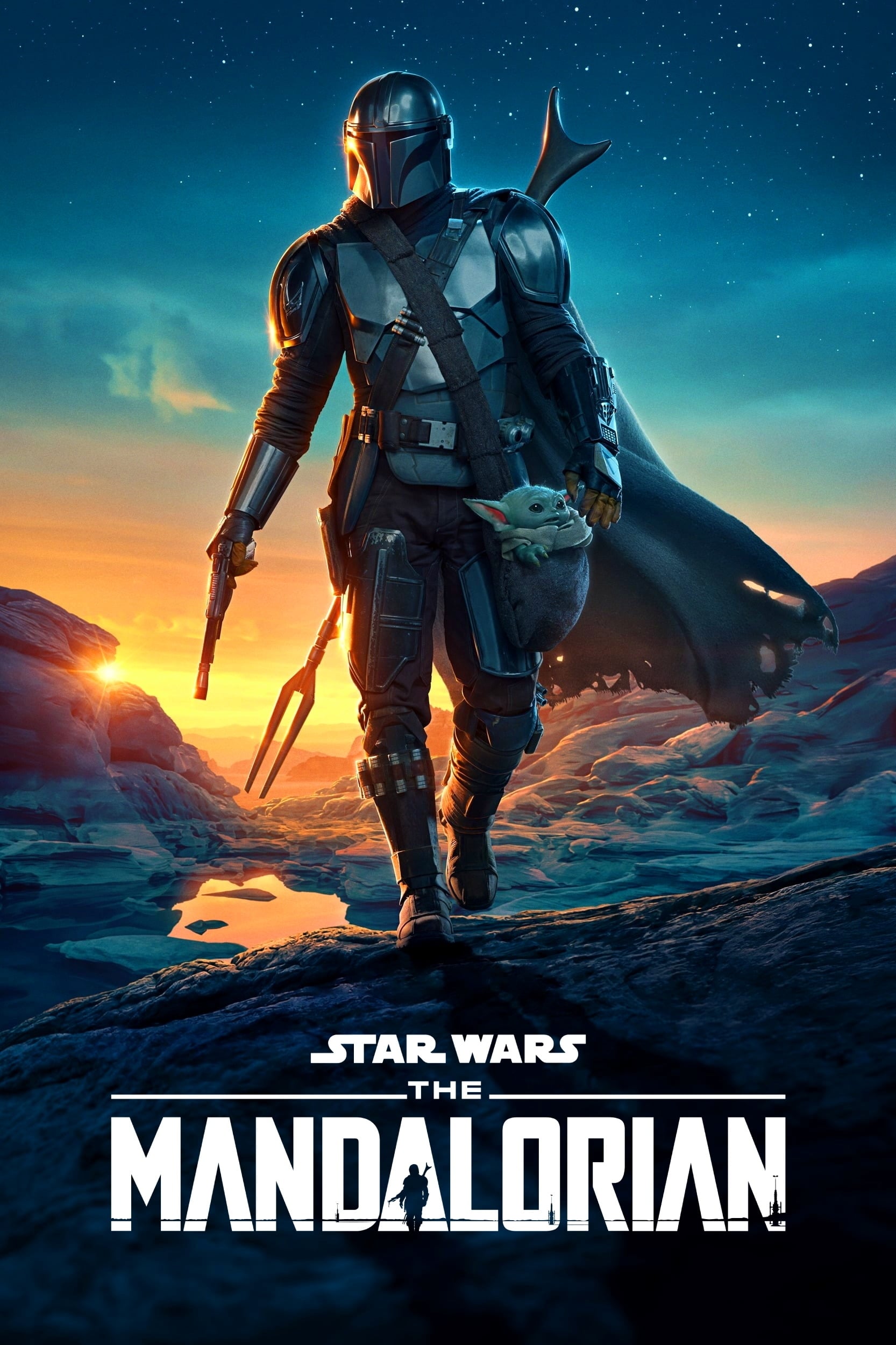
A solitary bounty hunter takes on jobs throughout the galaxy. The show became well-known for its innovative use of virtual sets that created realistic environments in real time. Each season features a main storyline alongside individual adventures. The series blends physical creature effects with digital imagery to create a believable and consistent universe.
‘Andor’ (2022–present)

As a critic, I found this prequel really compelling because it doesn’t just show a rebellion happening – it meticulously details how it grew. We see the early days, built on smart espionage and careful organization. What impressed me most was the filmmakers’ commitment to realism. They didn’t rely heavily on CGI; instead, they filmed on location and built incredible physical sets, which really brought the world to life. The story isn’t told in a linear way either; it unfolds in focused blocks of episodes, each with clear goals. And it’s not just about heroes and villains; the film smartly explores the nitty-gritty details of how an empire stays in power – things like supply lines and, disturbingly, the use of prison labor. It’s a surprisingly detailed and thought-provoking look at the mechanics of control.
‘Foundation’ (2021–present)

This series follows mathematicians and colonists as they work to safeguard knowledge over hundreds of years. It jumps between different time periods and follows several generations through interwoven stories. The show’s visuals create a striking contrast between grand imperial cities and rugged frontier settlements. Vast digital landscapes are used to depict planets and the experience of space travel.
‘For All Mankind’ (2019–present)
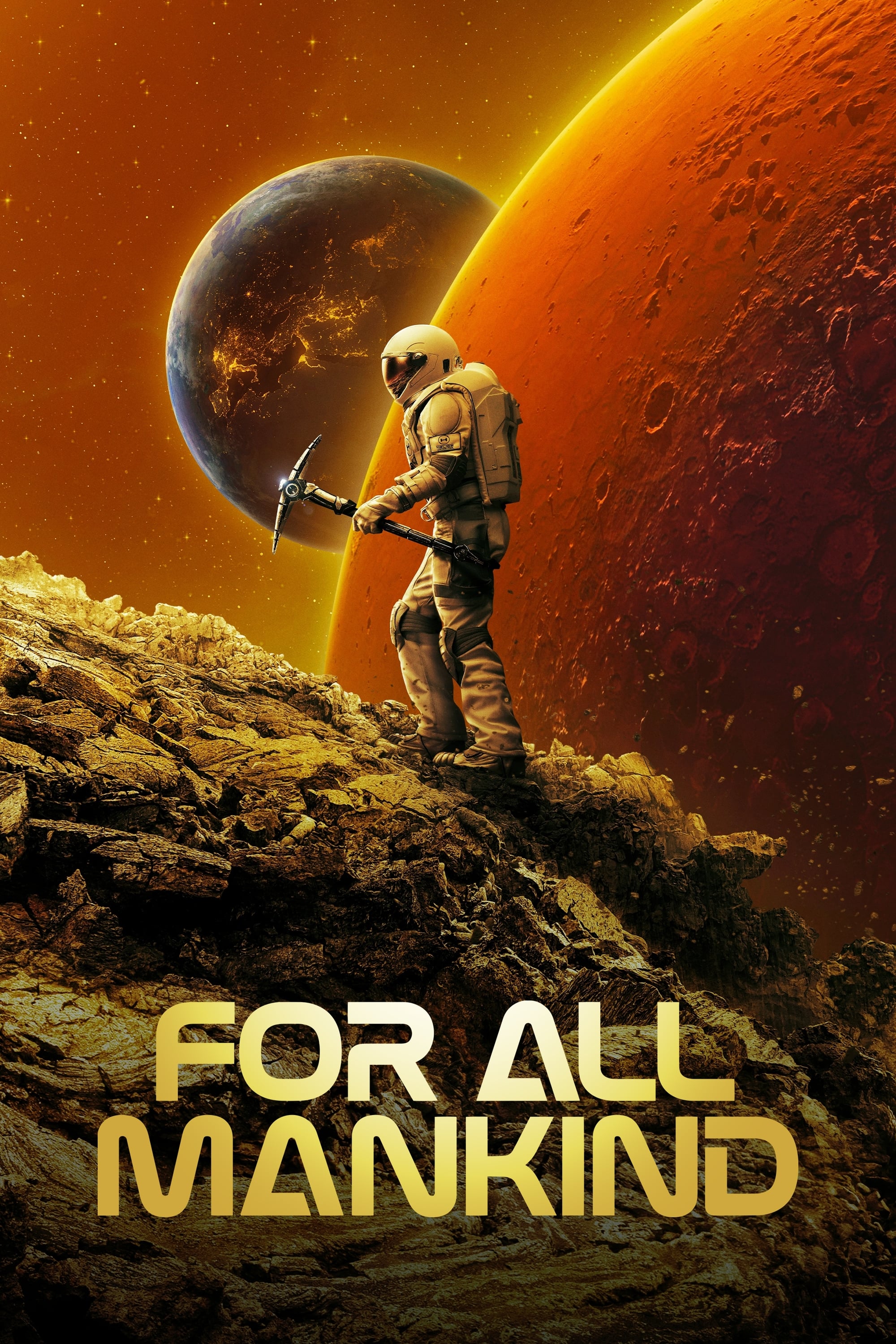
This show presents a fascinating ‘what if’ scenario: what if the space race had continued uninterrupted? It follows the development of space programs as they move beyond Earth’s orbit and venture into more ambitious missions. The show is grounded in real-world aerospace technology and how it has evolved, and it uses a mix of historical footage and incredibly detailed sets – including full-scale cockpit recreations – to bring the story to life.
‘The Orville’ (2017–present)
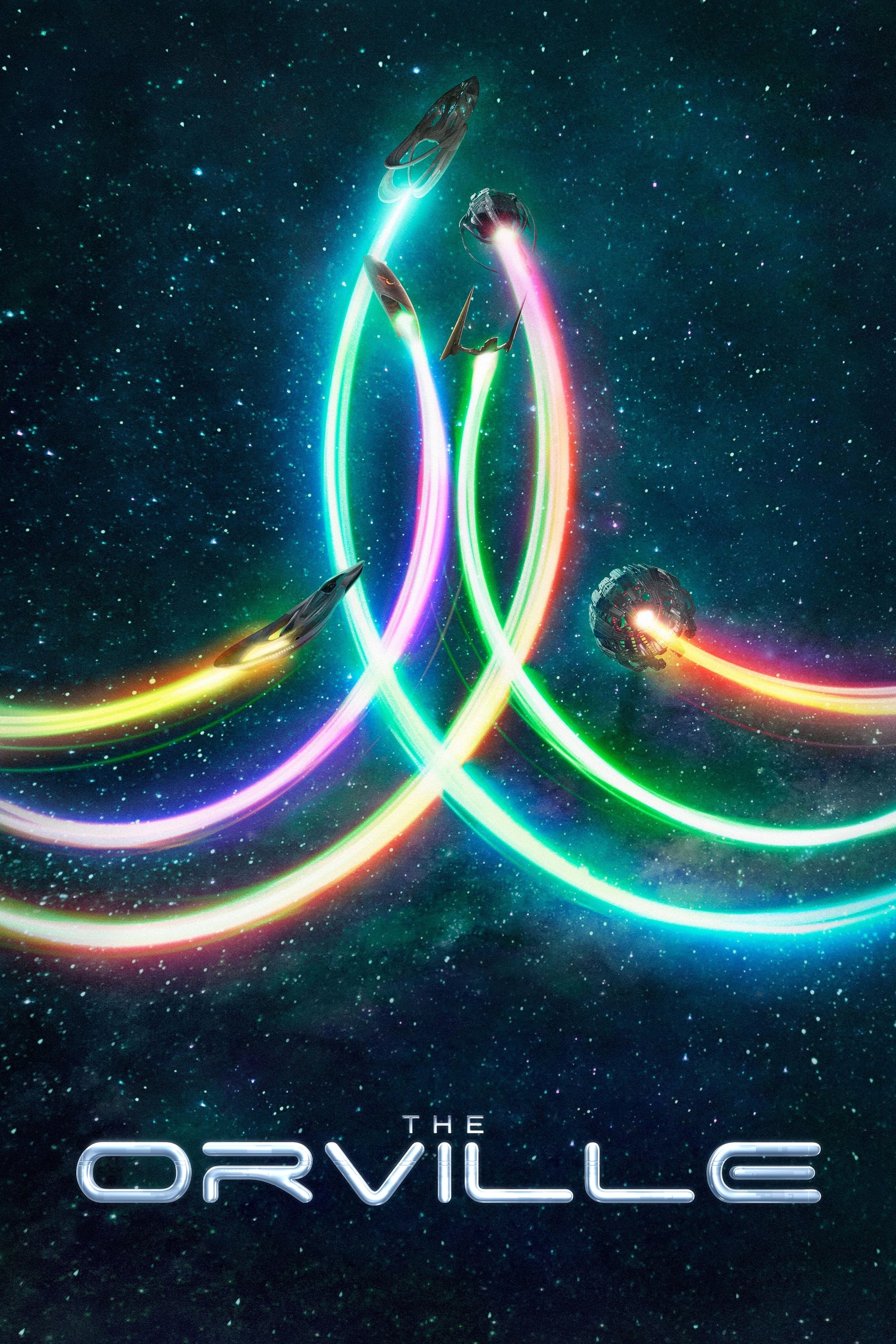
The show follows a mid-sized spaceship that travels the galaxy on both diplomatic and scientific adventures. Each episode blends humorous character interactions with familiar story formats. The ship’s interior includes a versatile bridge and shuttle bays built for exciting, repeated action sequences. Visual effects combine real-world props and tricks with computer-generated imagery to create believable spaceships and cosmic events.
‘Red Dwarf’ (1988–present)
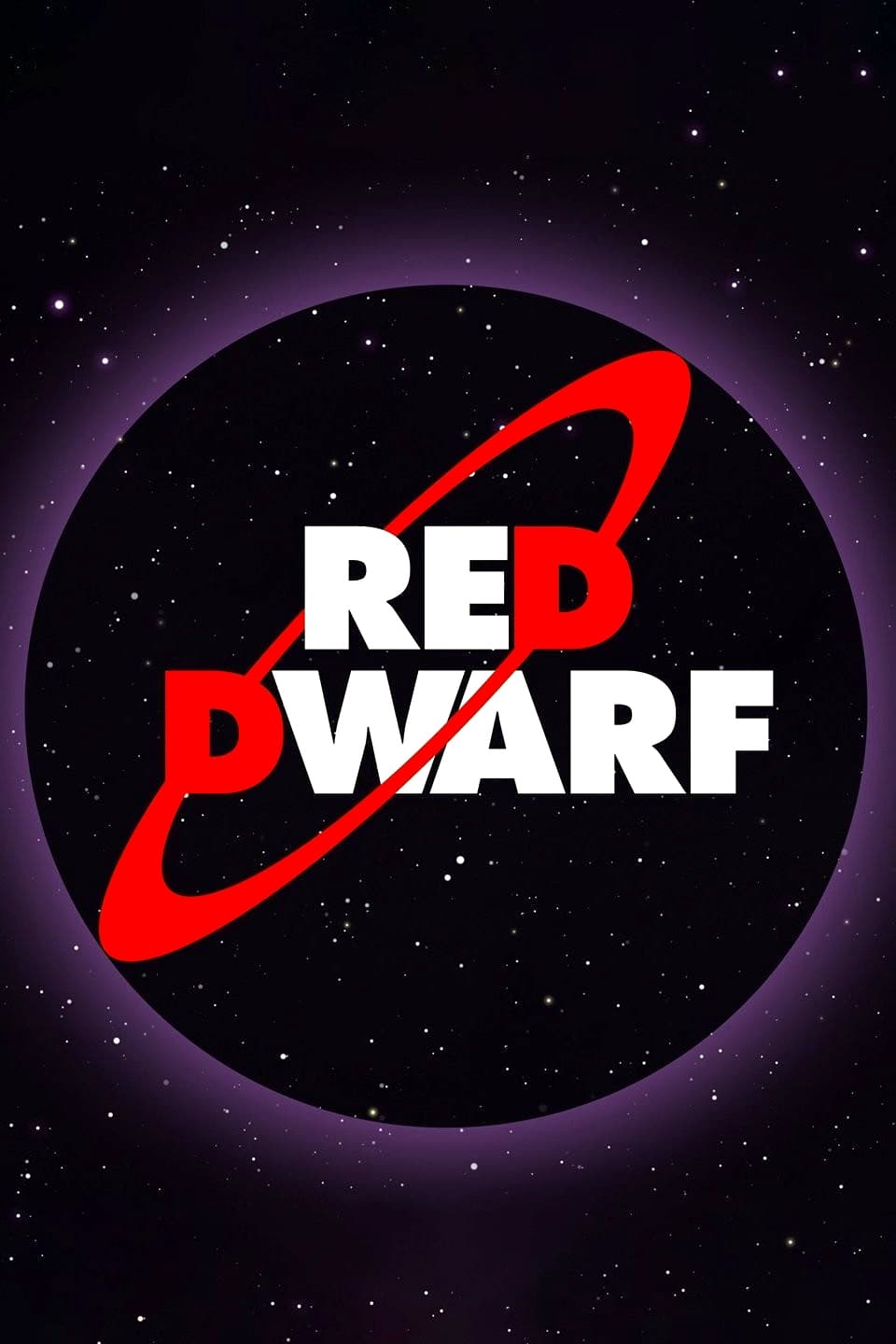
This comedy series has been running for a long time and centers on the adventures of a small team working on a mining ship far out in space. In the beginning, the show was filmed with a live audience and used models for the spaceships. As it continued, they switched to single-camera filming and more modern digital effects. Throughout the series, it consistently features the same characters, a shipboard AI, and storylines that explore alternate realities.
‘Quantum Leap’ (1989–1993)
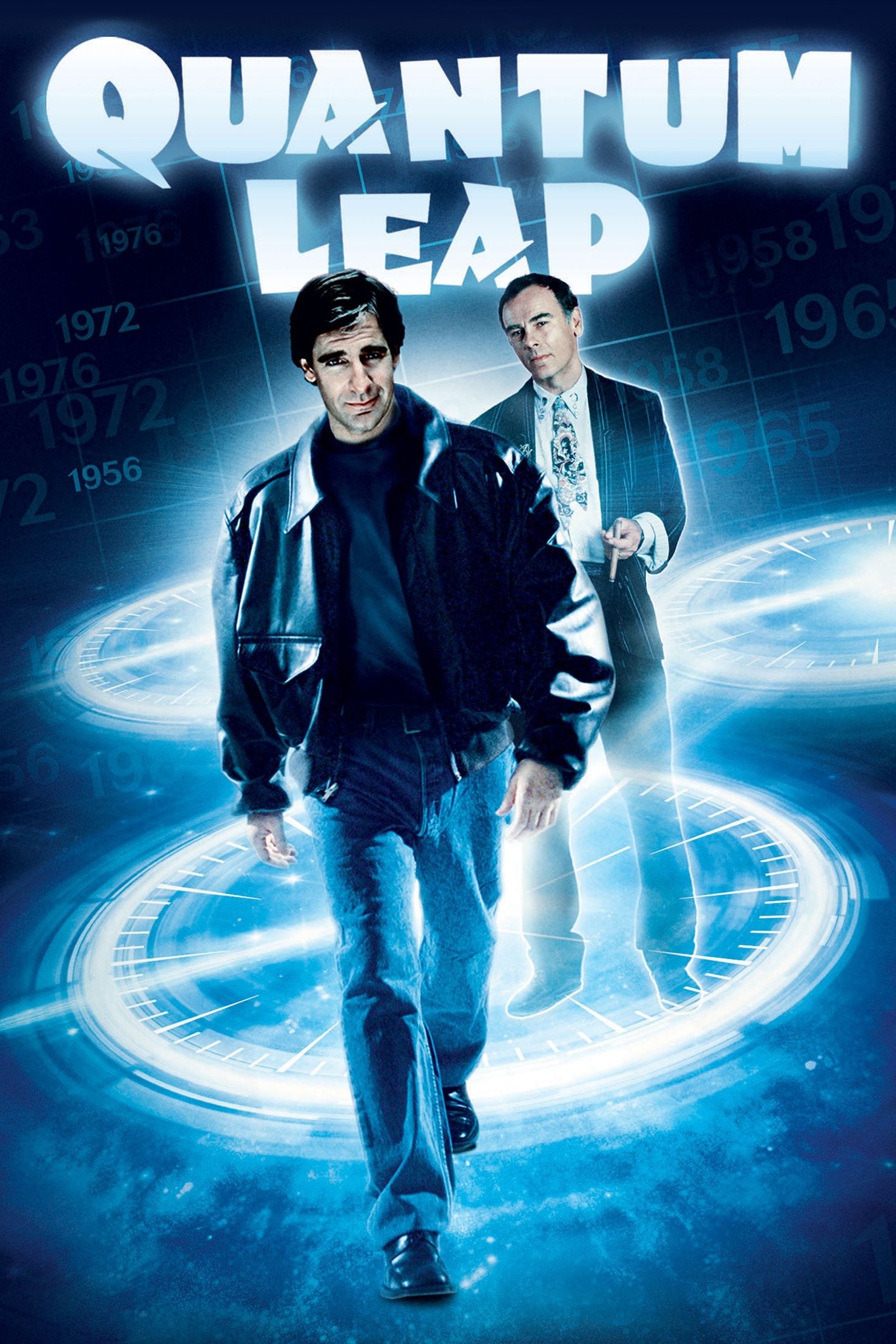
A scientist finds himself mysteriously traveling through time, briefly living inside the bodies of different people throughout history. Each adventure focuses on him fixing a problem for the person he inhabits. The show was known for its incredibly detailed and quickly changing sets and costumes, accurately reflecting each time period. A small imaging device and a holographic guide help him complete his missions within the story.
‘Sense8’ (2015–2018)
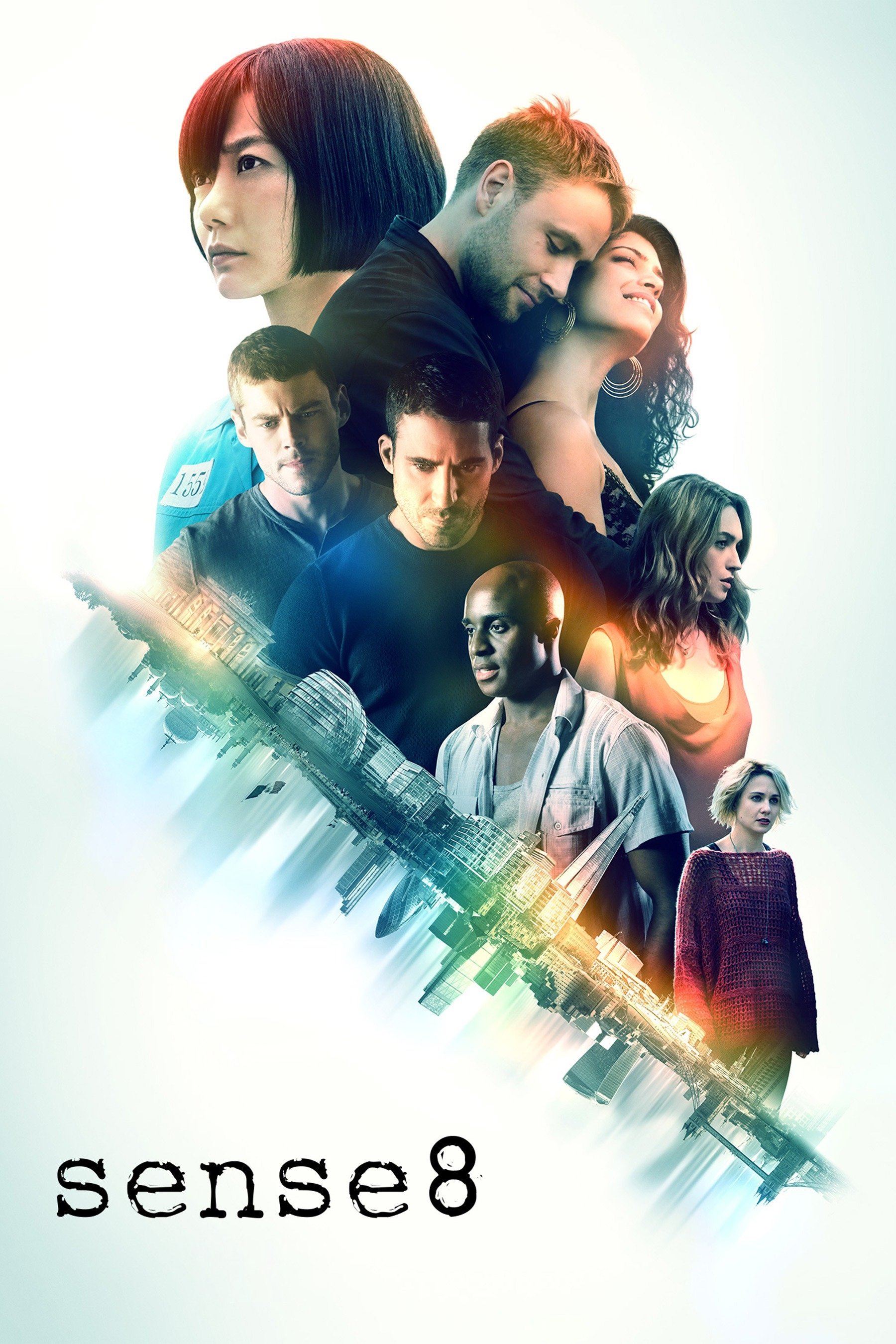
A group of eight people from around the globe unexpectedly find themselves connected by their minds. The show was filmed in various countries using local teams to showcase authentic settings. Because of their mental link, the characters can share knowledge and learn each other’s languages, influencing how events unfold. The story explores themes of biotechnology, constant monitoring, and what happens when people are connected in a completely new way.
‘Dark’ (2017–2020)

This series starts with a local mystery that quickly expands into a complex tale of time loops and family history. The story jumps between different time periods, all carefully connected by a consistent timeline. The creators use visual clues – like specific images and colors – to help viewers keep track of who is who and when the scenes are taking place. The characters are focused on understanding how their actions affect the past and future, and whether they can change things for the better.
’12 Monkeys’ (2015–2018)
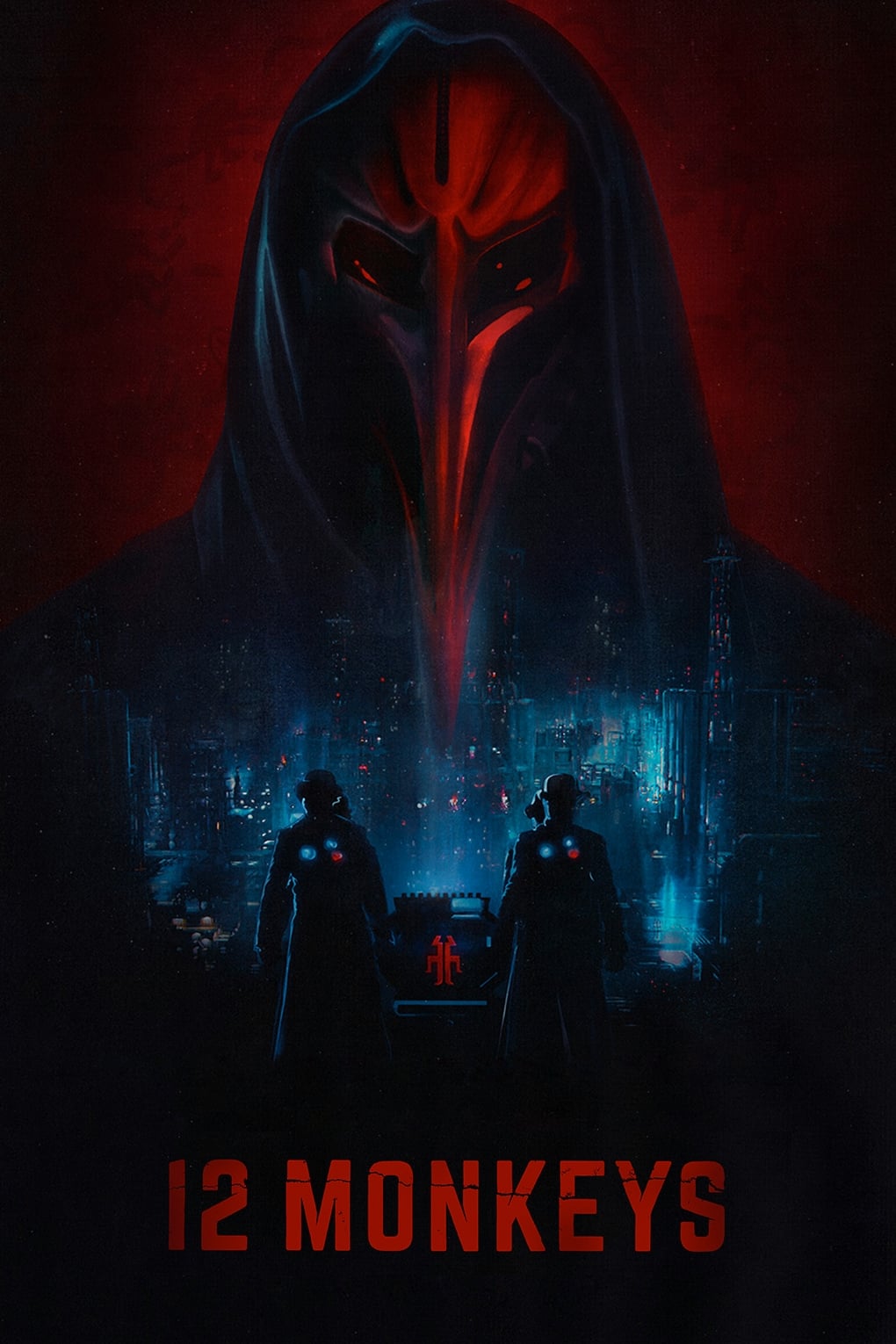
As a huge sci-fi fan, this show really grabbed me. It’s about someone who’s seen a terrible future and is desperately trying to prevent the disaster that caused it, going all the way back to where it started. What’s cool is they don’t just have time travel for the sake of it – there are real rules about how changing the past affects things, and they use this idea of stable time loops in a clever way. Visually, it’s fantastic too – you jump between modern labs and these really gritty, makeshift facilities built from salvaged tech in the future. And it’s not just a single-season story; it builds these complex organizations and power struggles that play out across different versions of time, so you see them rise and fall. It’s a really involved and thought-provoking story.
‘Altered Carbon’ (2018–2020)

In a future where minds can be moved from one body to another with the help of technology, this story follows detectives as they navigate a world of powerful corporations and dangerous criminal organizations. The film creates a visually striking, neon-lit city using a combination of massive physical sets and digital effects. Action sequences emphasize the disconnect between who a person is and their physical body.
‘Terminator: The Sarah Connor Chronicles’ (2008–2009)
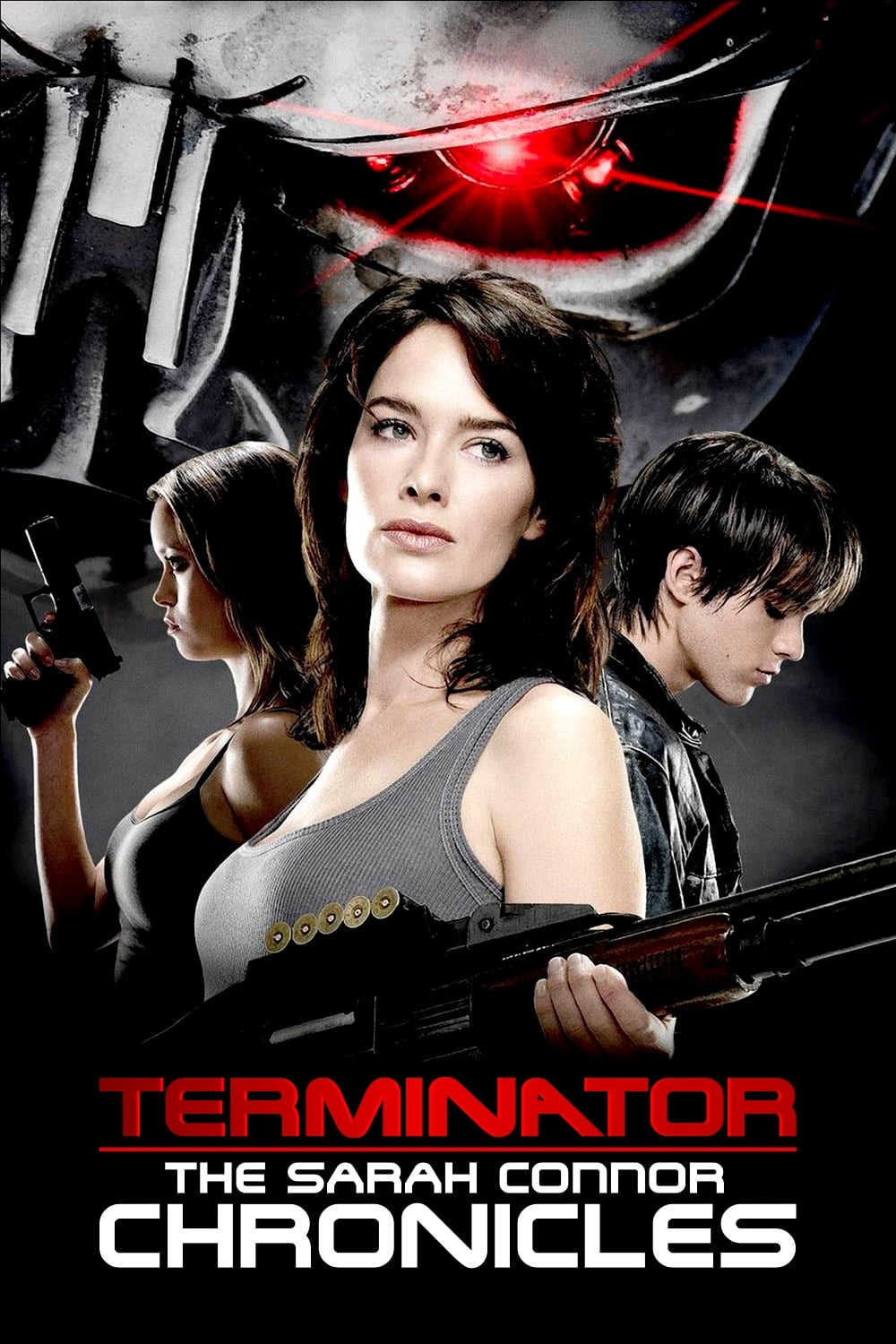
This story centers on a mother and son on the run from advanced machines, desperately trying to find a way to disable them. Along the way, they encounter new and varied types of machines, each with its own unique purpose. The action unfolds in modern-day locations, with secret agents playing a key role. The plot delves into the worlds of software creation, government defense contracts, and the beginnings of artificial intelligence.
‘Severance’ (2022–present)

At work, employees experience a process that separates their job-related memories from their personal lives. The show explores how strict company rules dictate where people can go, how they communicate, and what information they can access. The sets are designed to feel controlled and uniform, using balanced layouts and older, non-digital objects. The story follows the people who monitor everything – oversight groups, security teams – and the technology that makes these memory separations possible.
‘Fringe’ (2008–2013)
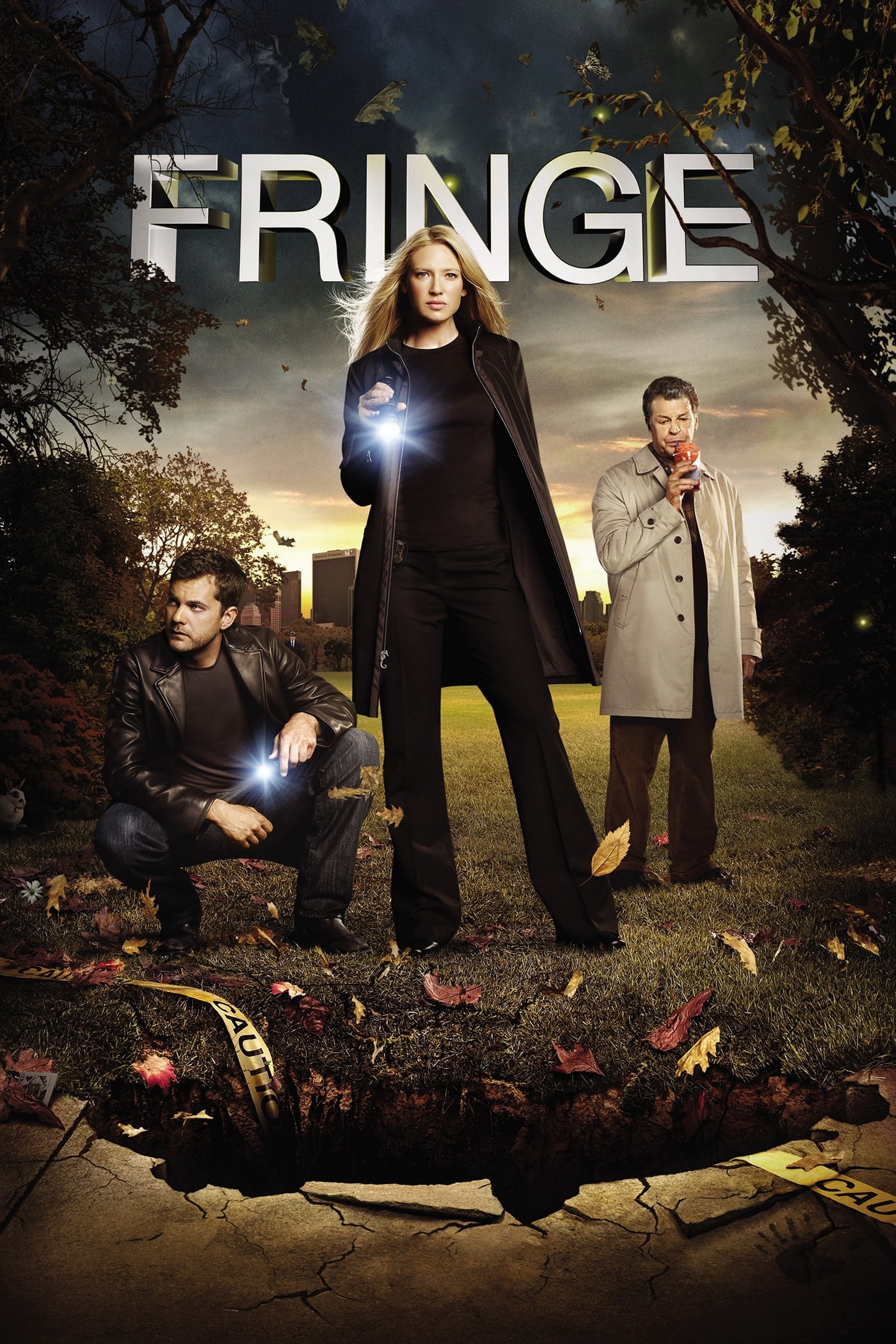
An FBI team delves into unusual scientific phenomena, including parallel universes, genetic engineering, and disturbances in time. Each episode features a self-contained case, but a broader story about multiple universes unfolds gradually. The show uses repeating images, coded symbols, and on-screen text to indicate when timelines shift. The creators combined realistic special effects with computer-generated imagery to create unsettling and grotesque visuals.
‘Stranger Things’ (2016–present)

This series takes place in a small American town and centers on a group of kids and teenagers who discover a mysterious, alternate dimension called the Upside Down. The story involves secret government experiments, characters with psychic powers, and monsters reminiscent of those found in role-playing games. Over time, the show became known for its strong cast and memorable use of music. While the production grew from filming on location to using larger soundstages, the layout of the town remained consistent throughout the series.
‘Westworld’ (2016–2022)

The series starts in a luxurious theme park filled with lifelike androids, but quickly broadens to explore the powerful company behind it. It tells its story in a unique, non-linear way, moving between different timelines, memories, and simulated realities. The show’s visuals combined real, built sets – like old western towns – with stunning digital effects. Ultimately, it raises questions about data privacy and how technology, and the algorithms that drive it, are used to control us.
‘Firefly’ (2002)
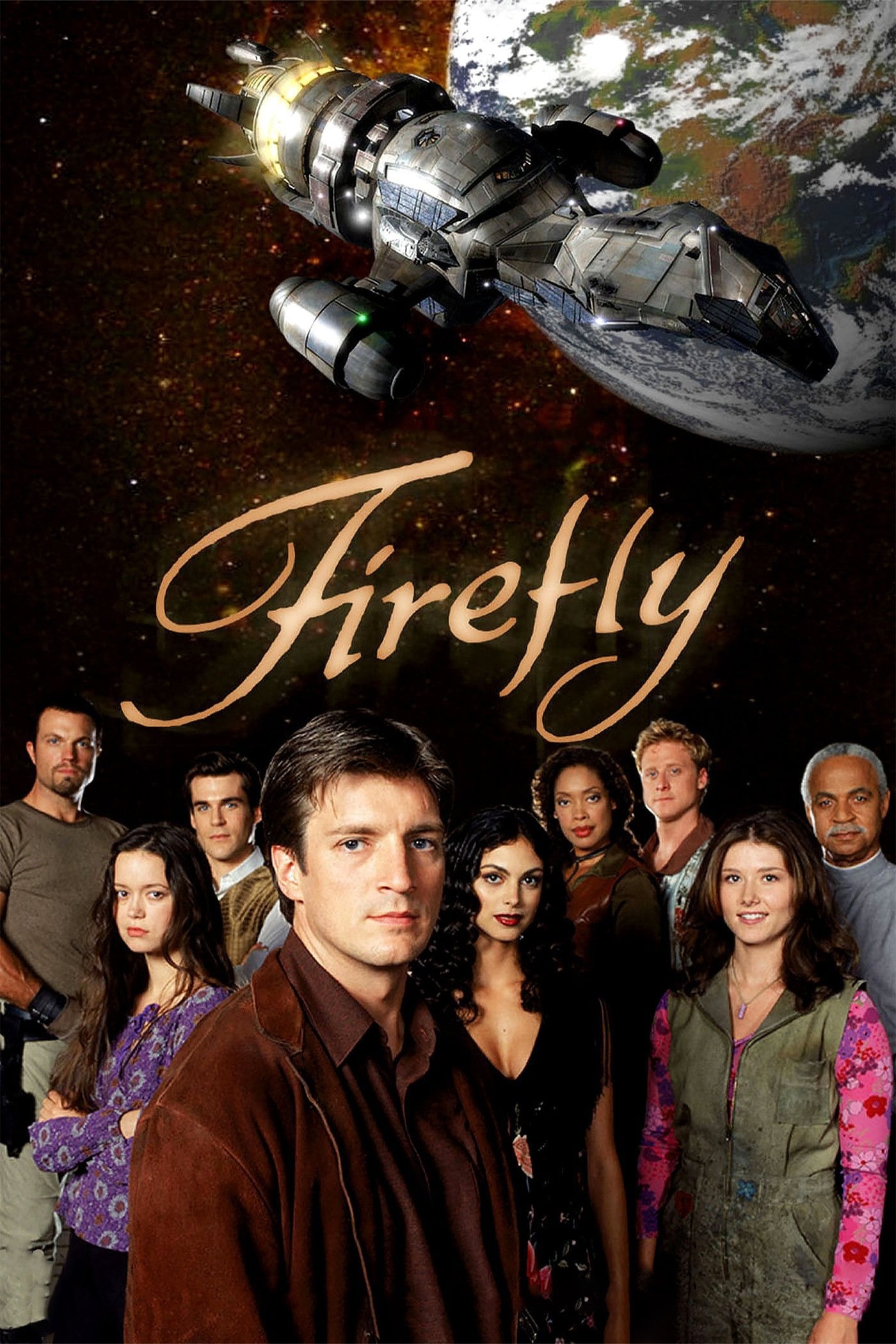
The show follows a group of smugglers and outsiders traveling aboard a small ship, taking on jobs in the less-explored parts of space. It had a realistic feel, using detailed sets, signs in both Chinese and English, and a focus on acoustic music. Though it only ran for one season on television, a feature film continued the story. Despite its short run, the show quickly gained a dedicated fanbase who held gatherings and conventions.
‘Neon Genesis Evangelion’ (1995–1996)
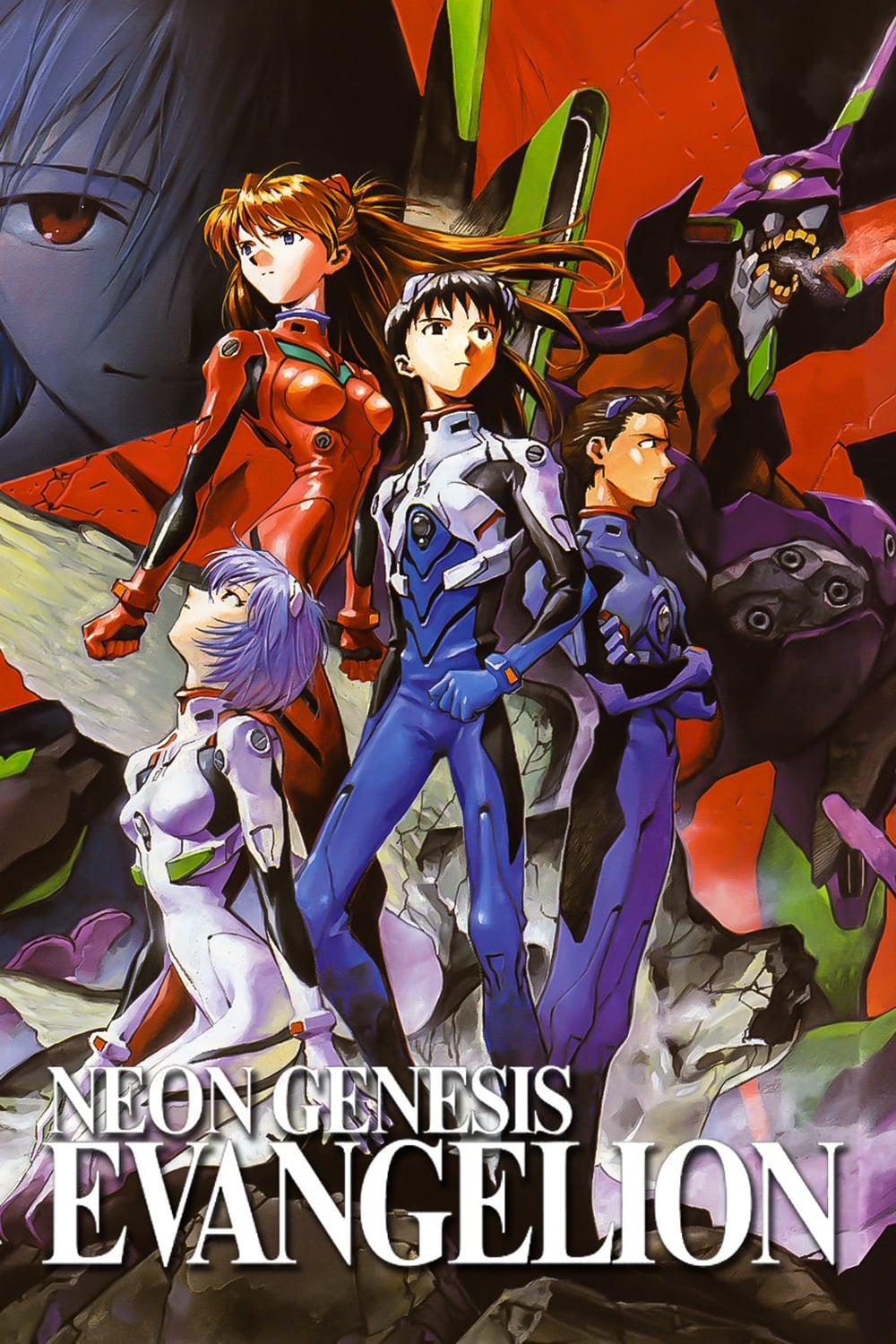
This anime centers around young pilots who fight mysterious creatures using giant, living machines. It’s a mix of exciting action, deep psychological exploration, and symbolic religious elements. The story originally aired as a TV series, but was later continued with different endings released as movies. Popular toys and DVDs helped the show gain fans all over the world.
‘Cowboy Bebop’ (1998–1999)

I’m completely captivated by this anime! It follows a crew of bounty hunters as they journey across the solar system in their wonderfully quirky, almost beat-up spaceship. What really sets it apart is how it blends these cool jazz sounds with really gripping, detective-style stories, all wrapped up in a futuristic sci-fi setting. Each episode feels like its own little adventure, slowly revealing more about the characters and their pasts, and it all builds to this amazing, overarching story. Plus, the animation is just stunning – the way everything is framed and the detail in the backgrounds were seriously groundbreaking for anime at the time, especially back in the late nineties. It really raised the bar.
‘Star Trek: Deep Space Nine’ (1993–1999)
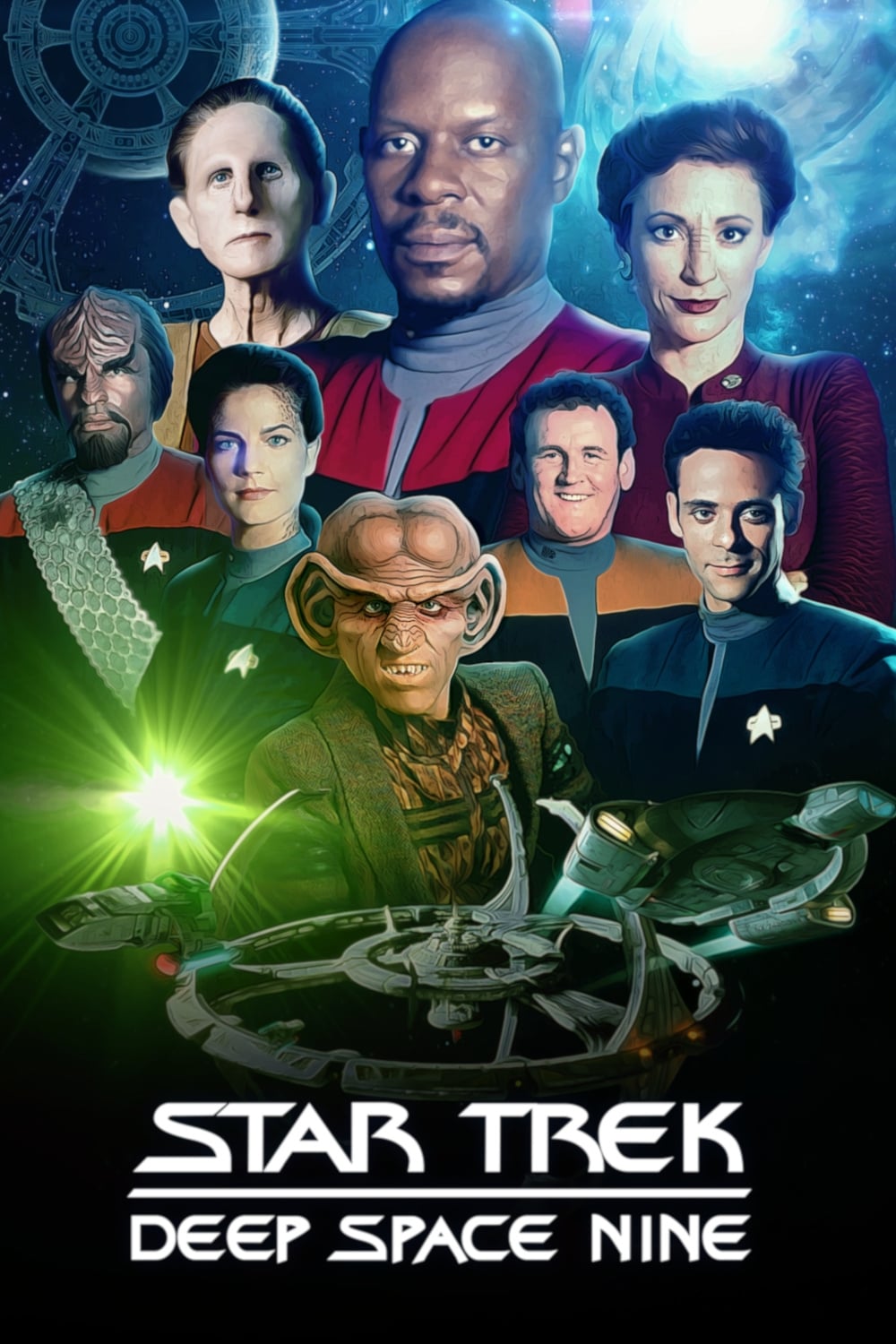
This series, set near a unique and reliable wormhole, was known for its ongoing war stories and complex political plots. It built rich new cultures and belief systems, particularly through the stories of the Bajoran and Cardassian people. The show initially relied on practical models for space scenes, but later used more computer-generated effects to depict large-scale battles. A key feature was its ensemble cast, which allowed for several interconnected storylines to develop throughout each season.
‘Farscape’ (1999–2003)
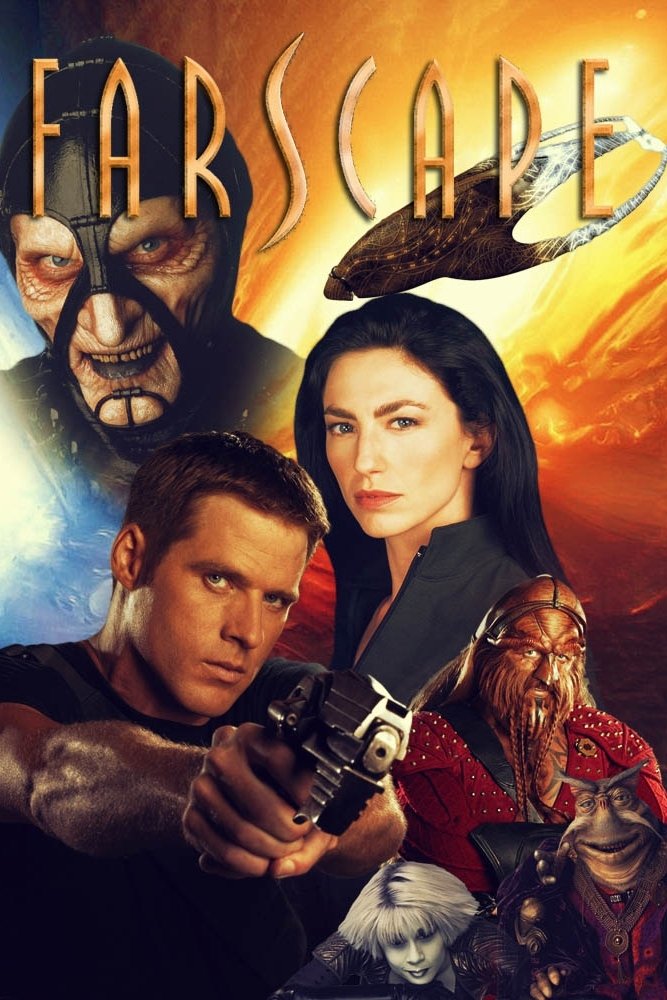
A stranded astronaut teams up with a group of outlaws aboard a sentient spaceship. The show featured incredibly detailed alien creatures brought to life through impressive puppets and makeup effects. It blended exciting space adventures with unique, sometimes unconventional episodes, including some that focused on character interactions within limited settings. After being initially canceled, a short continuation wrapped up the main storylines.
‘Lost’ (2004–2010)
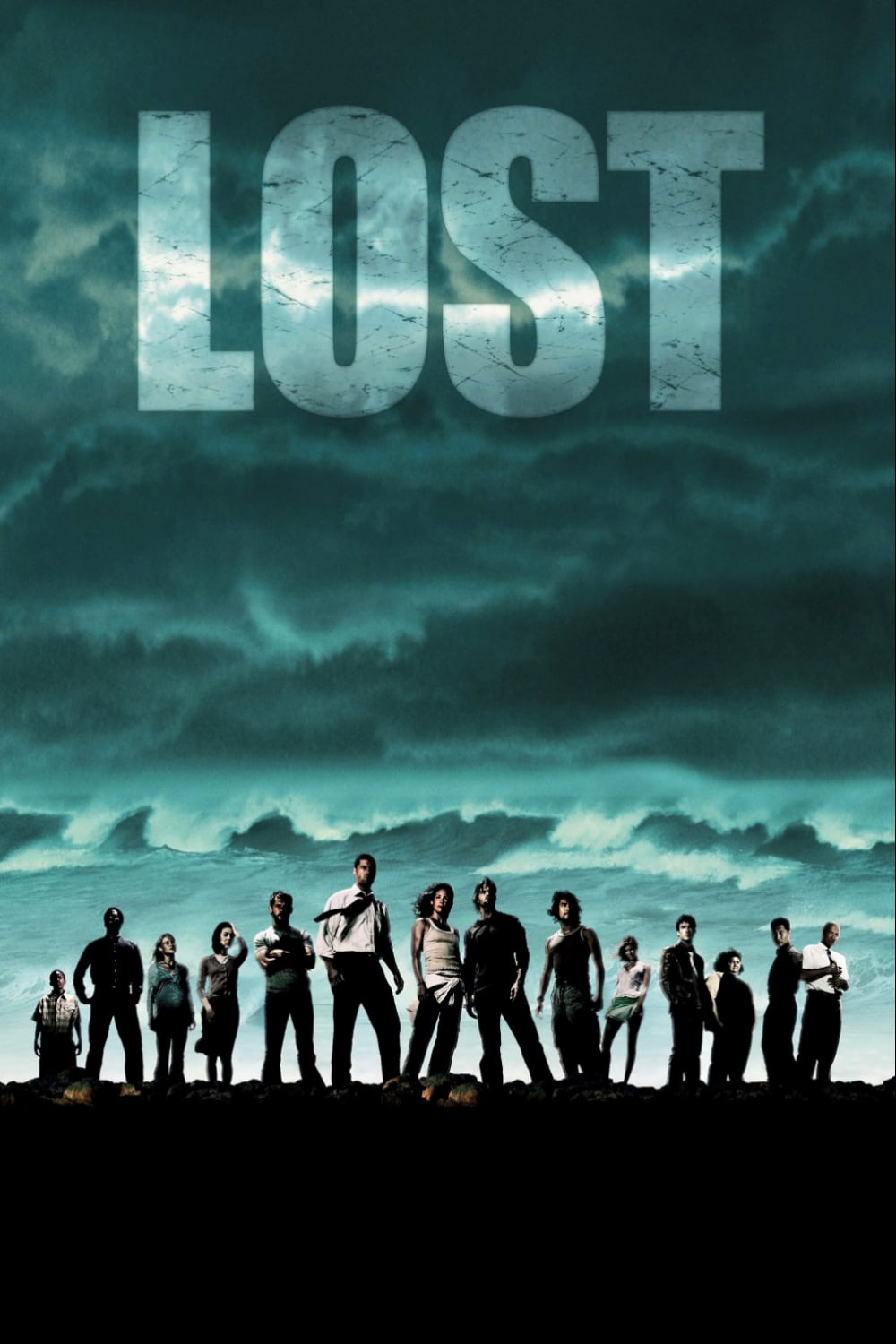
A group of plane crash survivors find themselves stranded on a strange island filled with secret research facilities and bizarre time distortions. The show told their stories by jumping between the past and future, gradually revealing each character’s background and what was yet to come. Filming was complex, requiring a large cast and multiple camera crews shooting in various locations. The story wasn’t limited to the television episodes; online features and viral marketing campaigns added extra layers to the experience.
‘Rick and Morty’ (2013–present)

This cartoon takes viewers on adventures through different dimensions while exploring thought-provoking sci-fi concepts. Even when storylines seem to reset, the show cleverly carries consequences forward, impacting future episodes. The writers use a specific storytelling method with carefully planned plot points and visual cues to manage the show’s intricate narratives. Production is streamlined – voice acting, preliminary animation, and the final animation work done overseas all work together – to deliver both quick humor and visually rich environments.
‘The Outer Limits’ (1995–2002)

This collection features independent stories that challenge our understanding of science and what’s right and wrong. Each episode delves into topics like biotechnology, artificial intelligence, and space travel, often with a warning about potential consequences. To maintain a fast production pace, the show cleverly reused sets and physical props. By using different guest actors and adaptable scripts, each episode could take place in a completely new location.
‘Space: 1999’ (1975–1977)
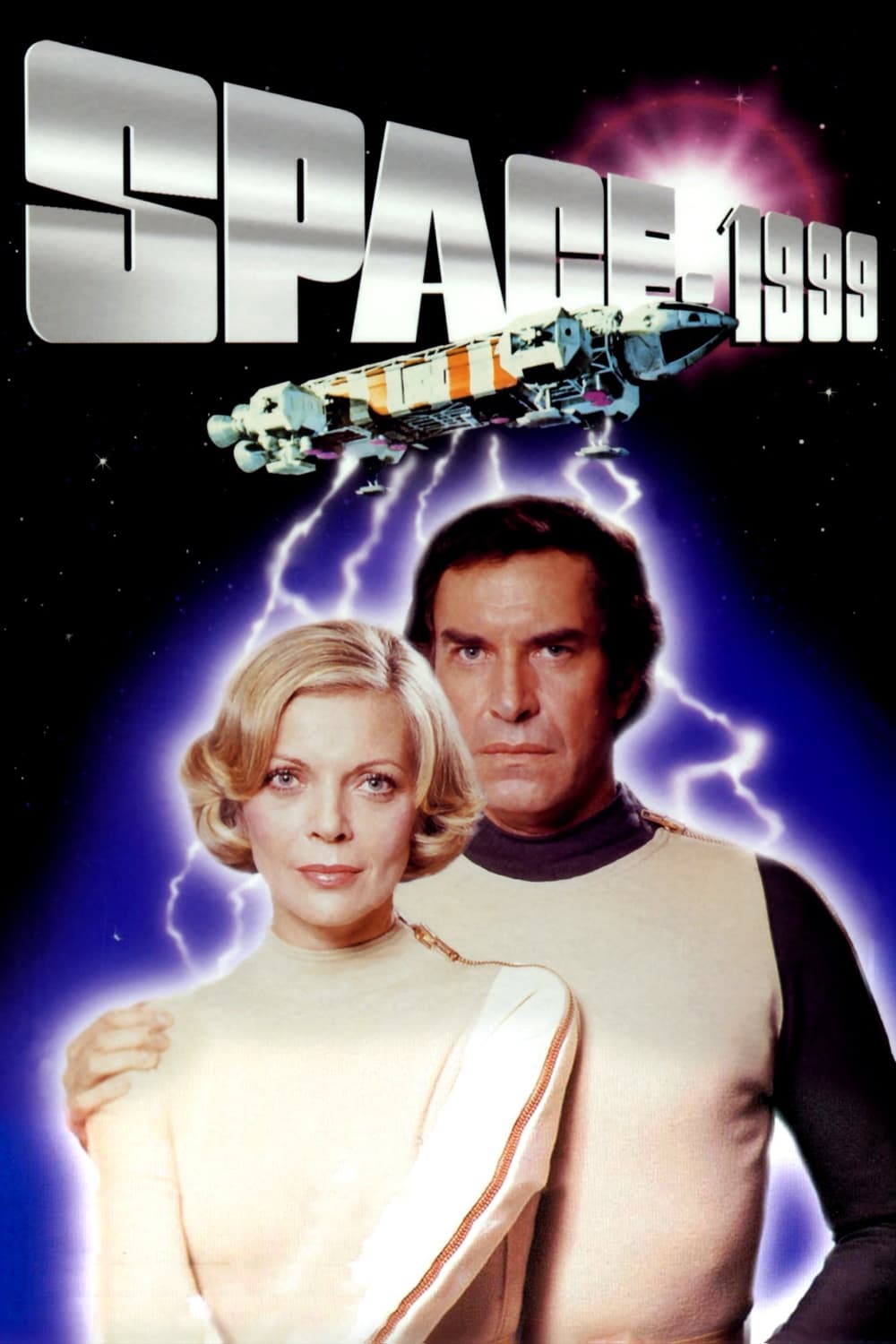
After a massive explosion, a moon colony is blasted into the vastness of space. The show features incredibly detailed spacecraft and base models. Each episode blends the struggle for survival with encounters with bizarre and unexplained events. The series has a distinct, sleek futuristic style, achieved through consistent use of costumes and adaptable set pieces.
‘Blake’s 7’ (1978–1981)
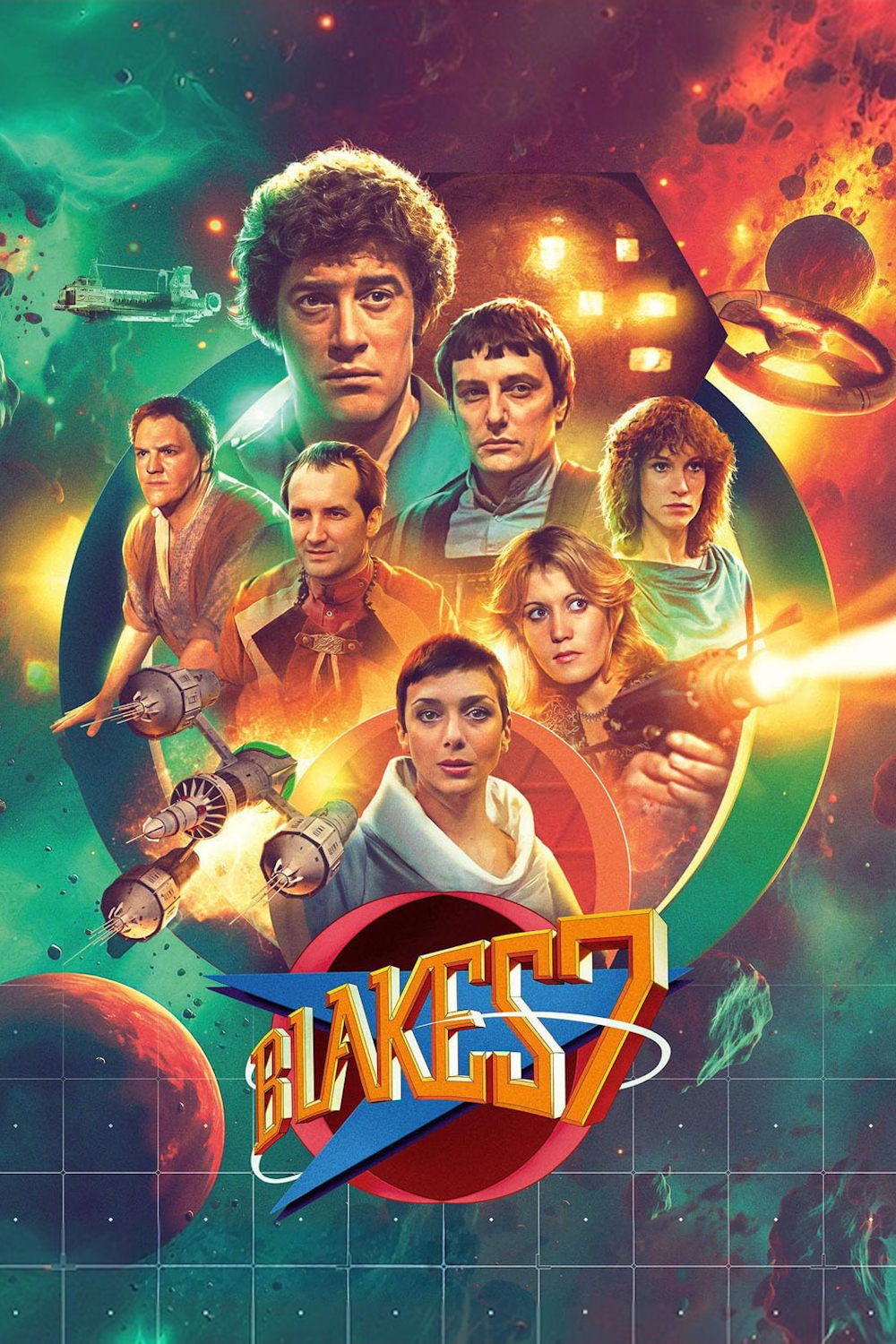
The series follows a band of rebels fighting against a controlling government, using a stolen spaceship as their base. Each episode often involves a specific mission, but the show also explores conflicts and tensions within the crew itself. Production was quick and efficient thanks to simple sets and filming locations. Many of their plans rely on a familiar computer system and a teleportation device.
‘UFO’ (1970–1971)
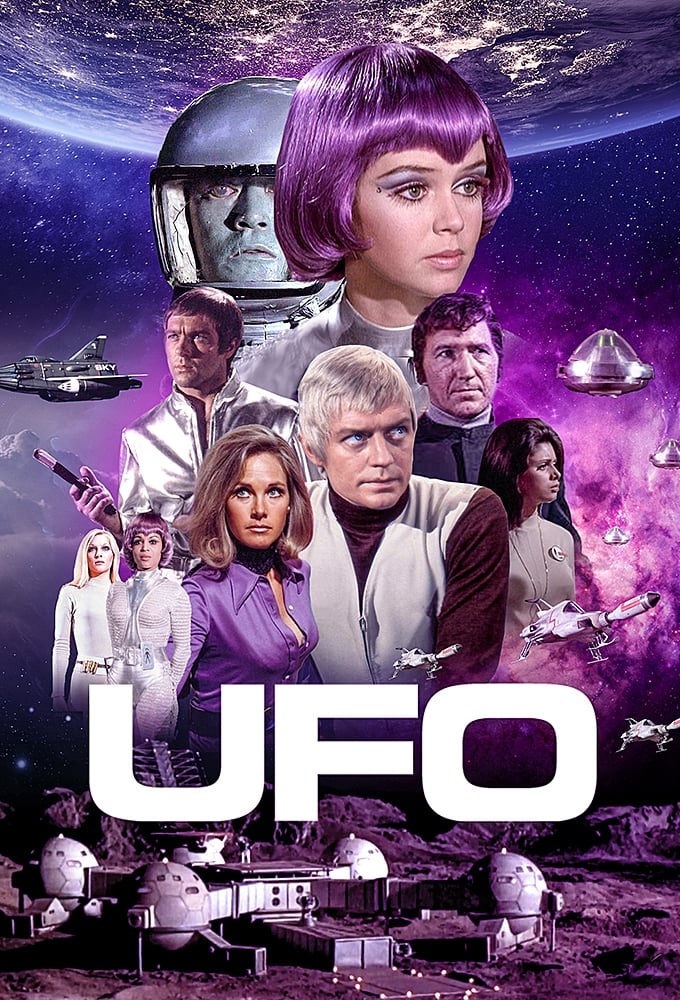
A hidden organization defends Earth from alien threats using submarines, planes, and a base on the moon. The show follows the tough choices leaders make and the limited resources they have when facing emergencies. Detailed models and special effects bring the vehicles and launches to life, while each episode focuses on how the team handles incoming radar blips and mysterious signals.
‘The Prisoner’ (1967–1968)
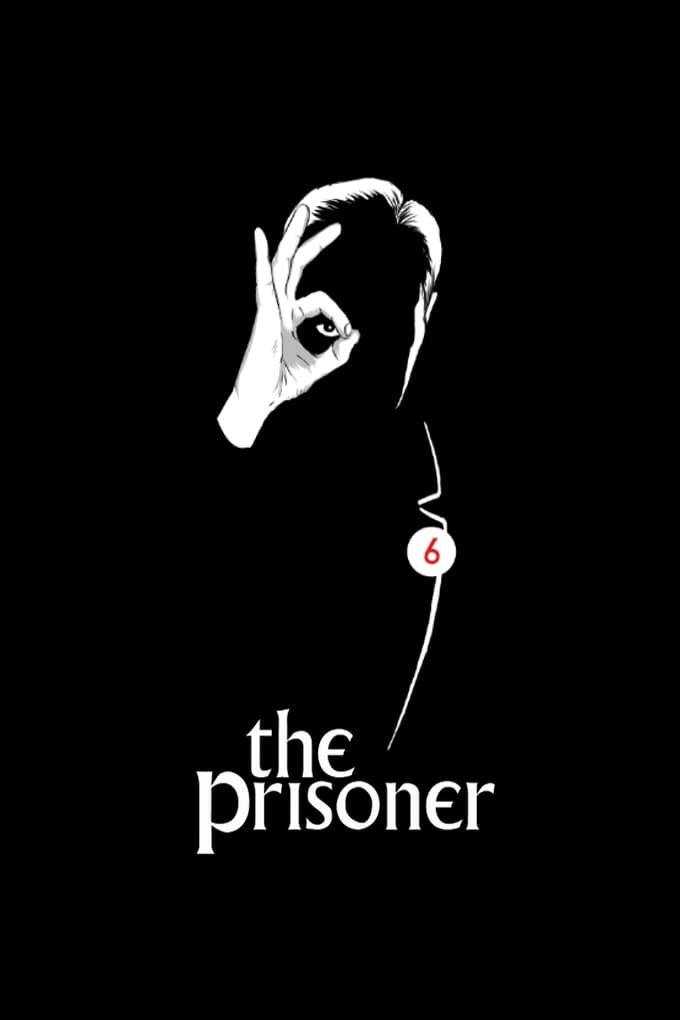
I just finished watching this incredibly unsettling thriller, and it really got under my skin. It follows a former spy trapped in what seems like a beautiful, but totally controlled, coastal town. The whole place feels like one big observation experiment – we see him trying to escape, being subjected to these strange psychological games, and constantly dealing with people in power who seem to change on a dime. What’s really effective is the setting; they actually filmed at a real resort, which adds to the feeling that this could actually happen. And the director uses little details, like everyone wearing numbered badges and this ever-present security drone, to constantly remind you just how much control is being exerted. It’s a visually striking and genuinely creepy film.
‘Person of Interest’ (2011–2016)

This show follows an AI that forecasts violent crimes by examining information from around the world. A dedicated team then works undercover, using surveillance and practical skills to prevent these crimes. As the series progresses, the focus shifts to a battle between different AI systems. Both sides in this conflict utilize advanced technology – including custom software and extensive camera networks – as their primary weapons.
‘Humans’ (2015–2018)

More and more homes are welcoming incredibly lifelike artificial people, but this is creating new social and legal challenges. The series explores issues like the limitations built into these artificial beings, questions about whether they could develop consciousness, and who legally owns them. These robots appear real through detailed design and makeup, rather than relying on obvious special effects. As incidents involving them become more common, governments and companies are starting to react.
‘Continuum’ (2012–2015)

A futuristic law enforcement officer travels to the present day while chasing criminals. The story explores how time travel works and what happens when the past is altered. Modern-day tech companies unexpectedly become important in the future, and the advanced technology characters bring with them – like specialized suits and implants – highlights the differences between eras.
‘Colony’ (2016–2018)
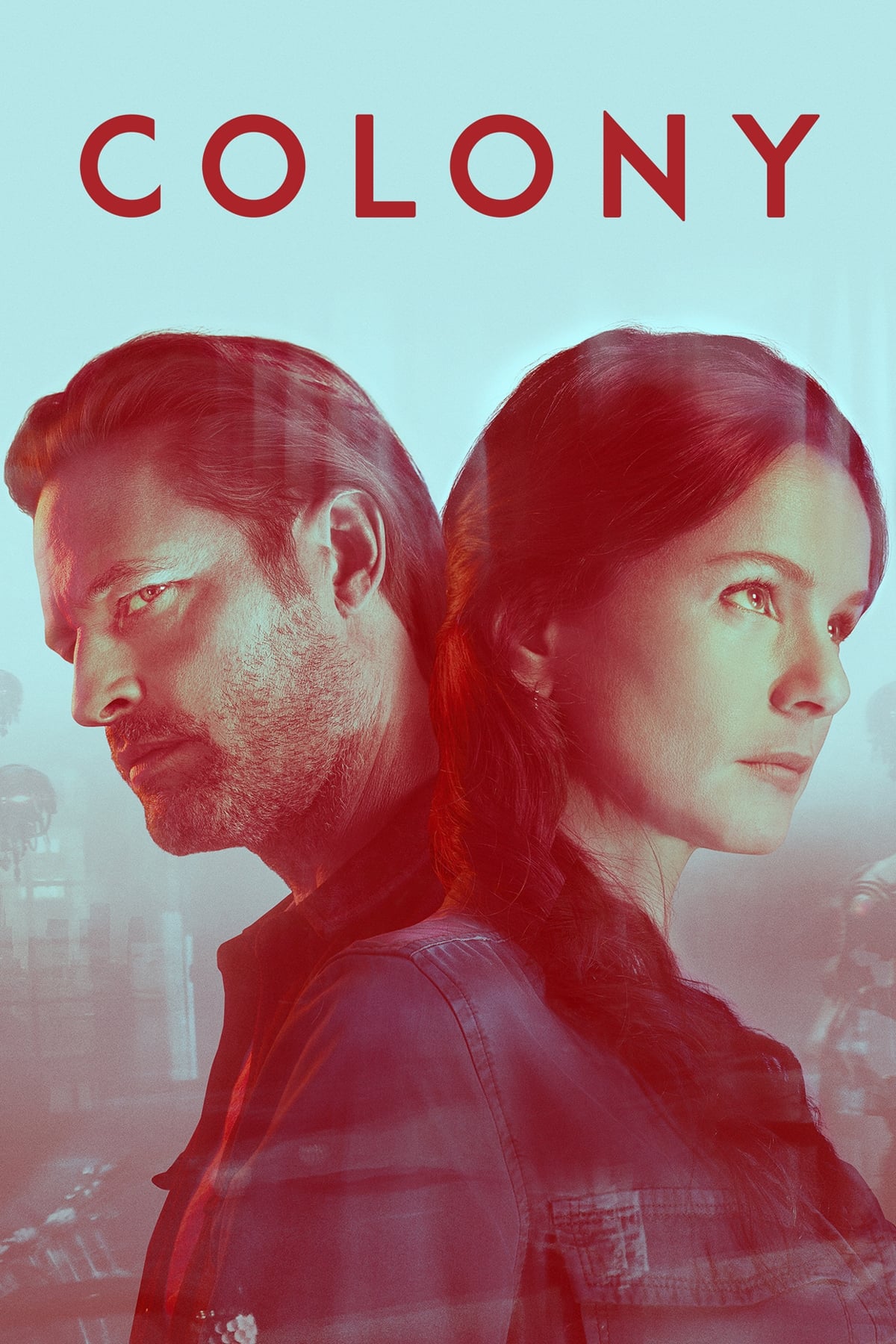
The series depicts life in a city controlled by an occupying force, focusing on how its residents adjust to a new reality. We see the impact of strict rules, enforced by both local collaborators and mysterious outsiders, through the eyes of those fighting back. Each episode explores the challenges of everyday life – from obtaining essential supplies through the black market to navigating curfews and rationing – while slowly uncovering the complex organization behind the occupation.
‘Counterpart’ (2017–2019)

A special facility links two Earths that have developed differently over time. Here, agents handle travel, ensure quarantine protocols, and oversee secret dealings between the two worlds. The story explores what makes us who we are and how policies differ by using ‘doubles’ – people with counterparts on the other Earth. The sets and props are deliberately similar, but with subtle differences, to highlight these variations.
‘The Man in the High Castle’ (2015–2019)

This series imagines a different version of history where various powers control parts of North America. It focuses on resistance groups, disputed territories, and the use of propaganda. A strange new technology becomes a key goal for many of these groups. The show blends realistic historical details with a growing science fiction element, creating a believable yet unique world.
‘Lost in Space’ (2018–2021)
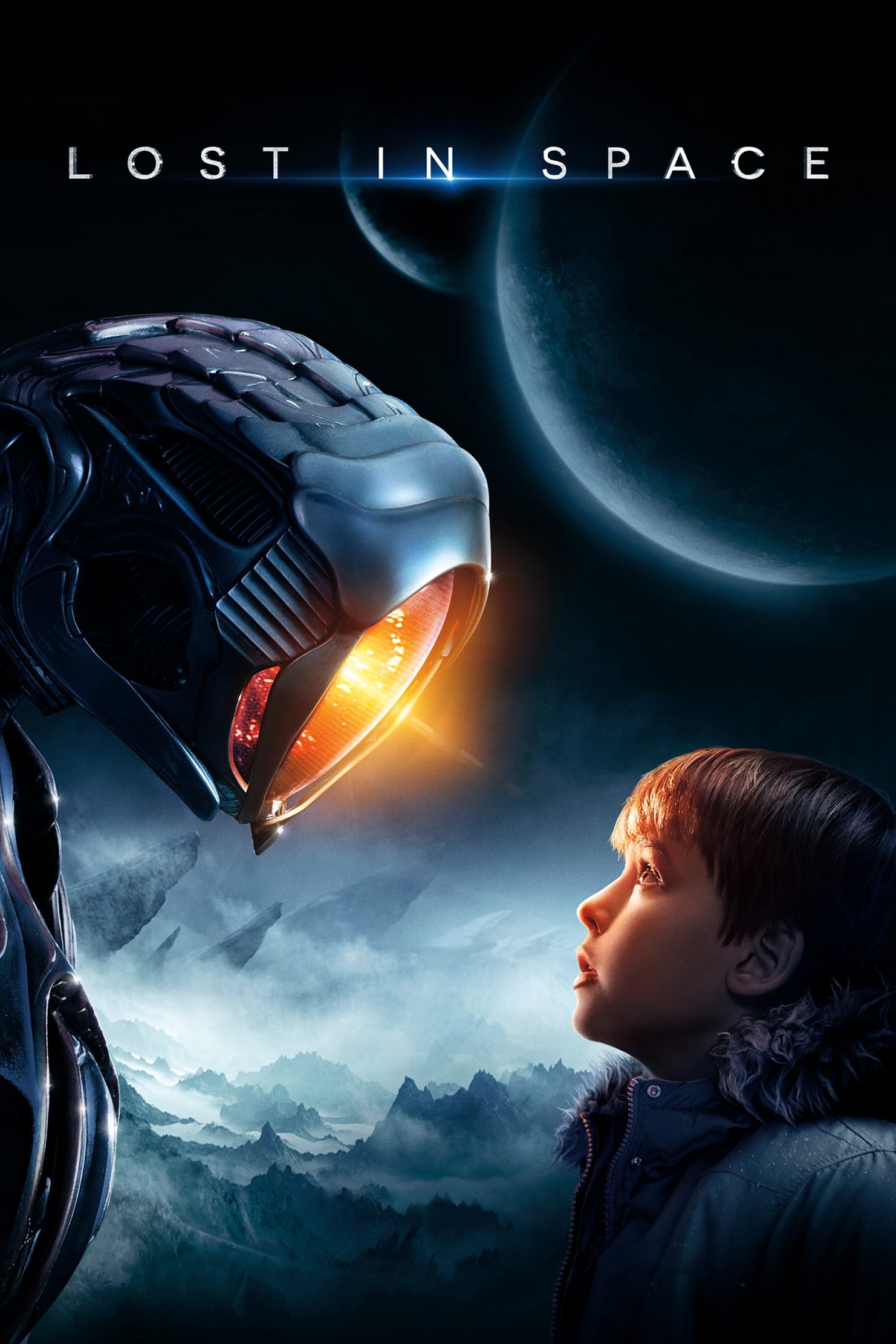
A family of space colonists gets cut off from the main group and has to learn to survive on strange new planets. The show follows their struggles with fixing equipment, finding their way around, and dealing with dangerous environments like rough landscapes and bad weather. A mysterious robot complicates things, sometimes helping and sometimes creating new problems. The show’s visuals blend the inside of their spaceship with wild, outdoor settings.
‘Dark Matter’ (2015–2017)
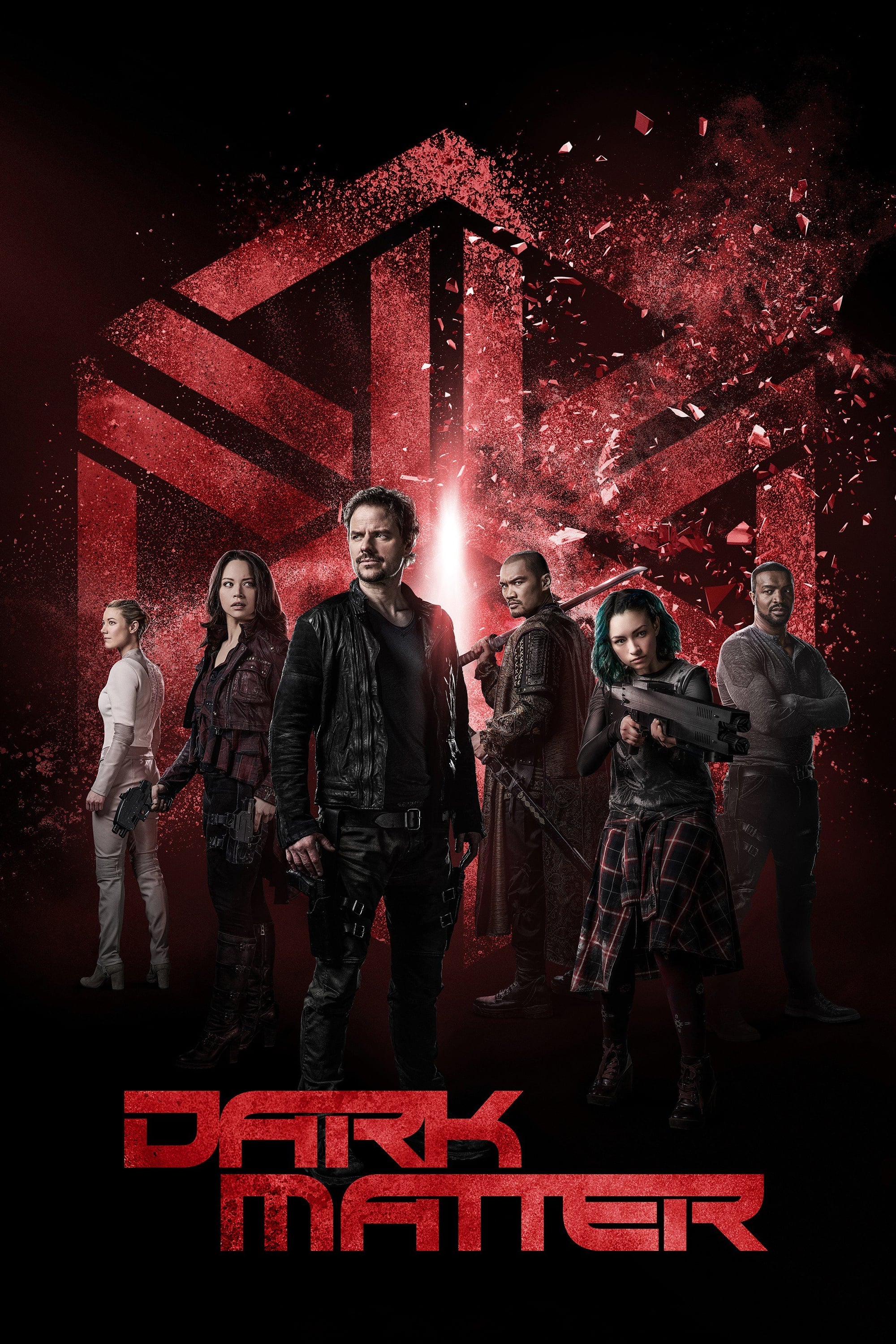
The crew of a spaceship wake up with no recollection of who they are or their mission. As they recover data files, they begin to uncover a history of covert operations and shady corporate deals. The ship itself is a key part of the story, with familiar hallways and cargo areas that change to fit each new adventure. A robotic crew member manages the ship’s systems and security.
‘Killjoys’ (2015–2019)

A crew of professional operatives takes on assignments throughout a network of moons. Their missions and salaries are determined by official paperwork. The story blends elements of corporate control, criminal organizations, and strict border regulations, all impacting who can travel and what they can trade. High-tech tools and spaceship features frequently play a role in both stealing and recovering valuable items.
‘Eureka’ (2006–2012)
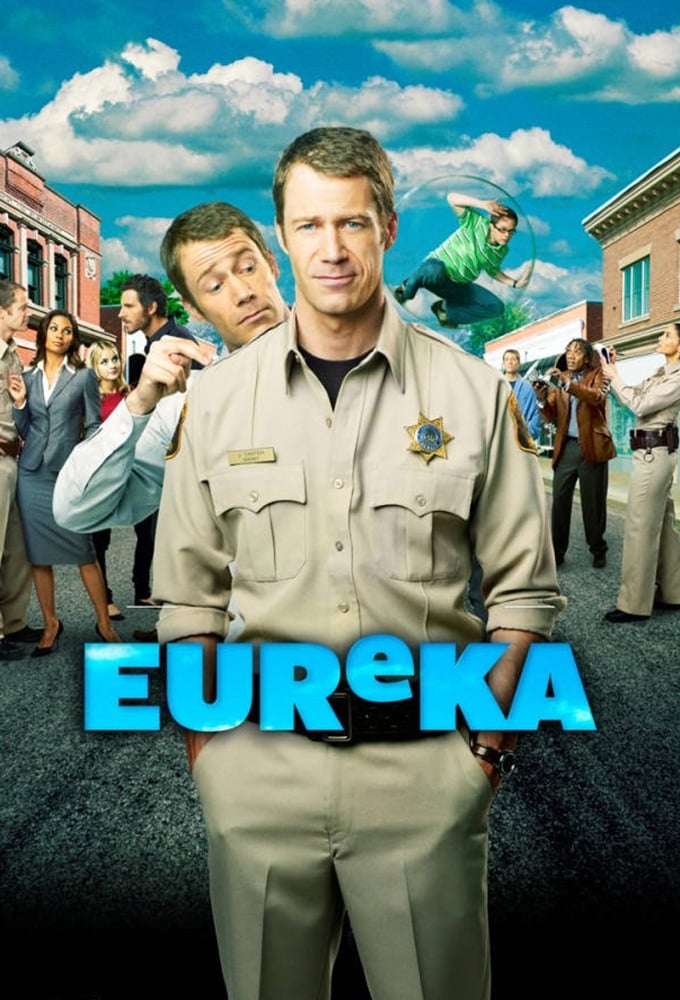
This show is set in a small town with several research labs where experiments frequently cause problems. The local sheriff works with the scientists to manage these incidents. The labs work on diverse projects, including new energy sources and advanced artificial intelligence that controls the town’s infrastructure. Recurring events like small-scale, character-focused episodes and town festivals help keep the show centered around familiar locations.
‘Almost Human’ (2013–2014)
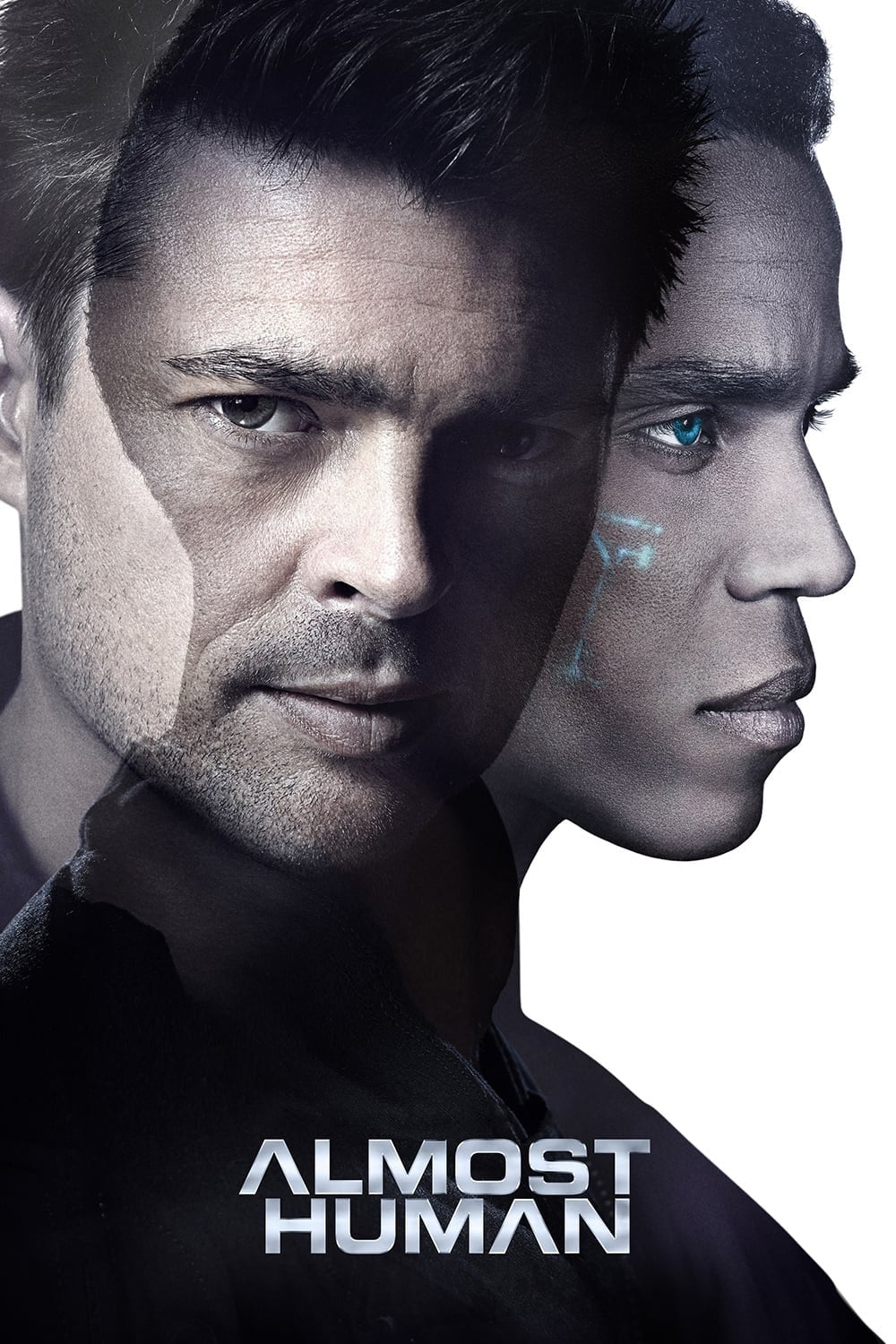
The show follows a detective working with an older-generation android who seems remarkably human. They investigate crimes involving illegal implants, advanced weaponry, and threats created through bioengineering. A key focus is the police department’s rules for combining human officers with synthetic partners. The production team prioritized real-life stunts, enhancing them with digital effects to showcase the futuristic technology.
‘Space: Above and Beyond’ (1995–1996)
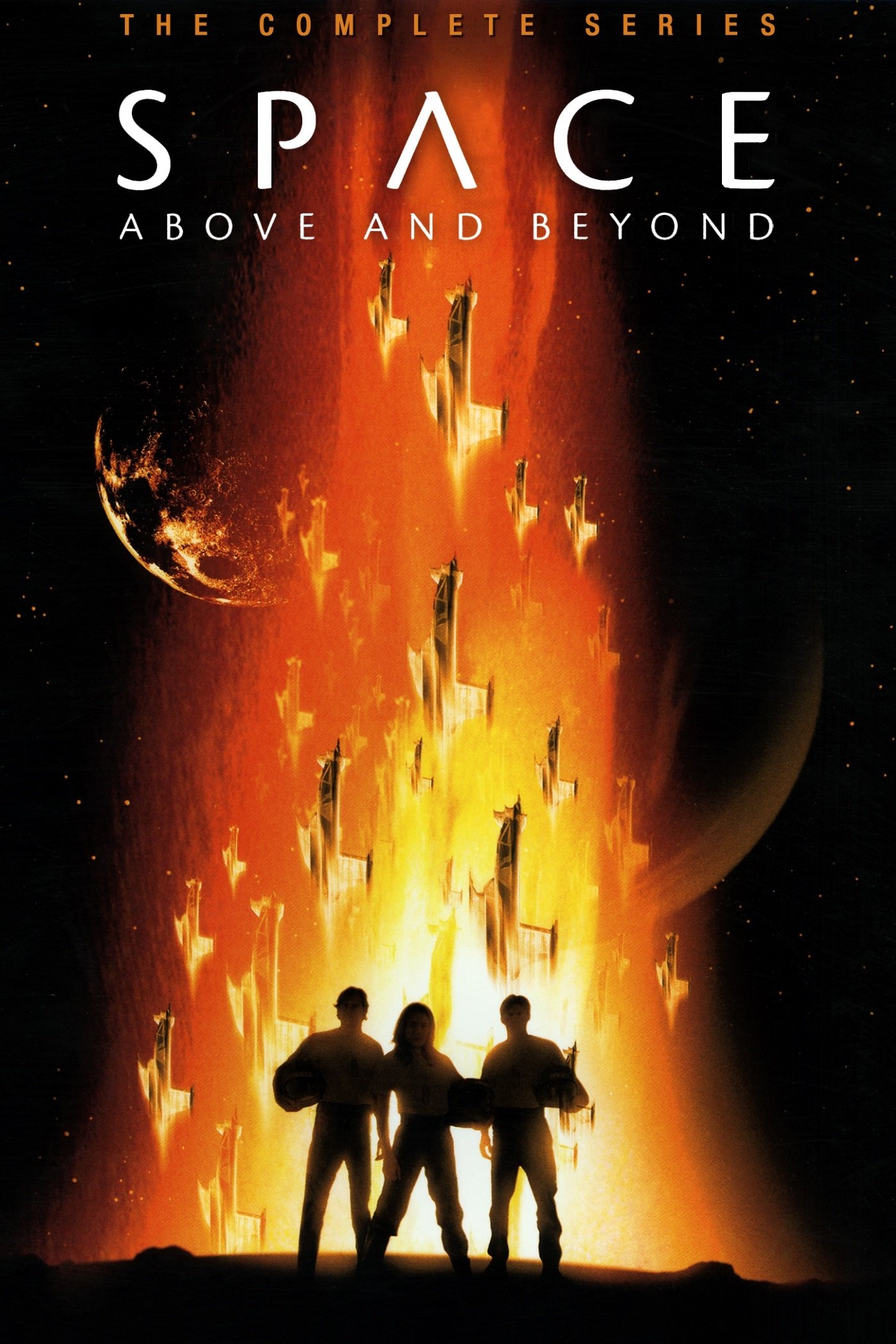
Volunteer pilots battle an alien enemy using squadrons launched from aircraft carriers. The show follows their training, supply runs, and intense space combat. Early special effects, combining miniatures and computer graphics, bring the aerial dogfights and landings to life. Realistic military protocols and the established chain of command guide how the crews prepare for and execute their missions.
‘Silo’ (2023–present)
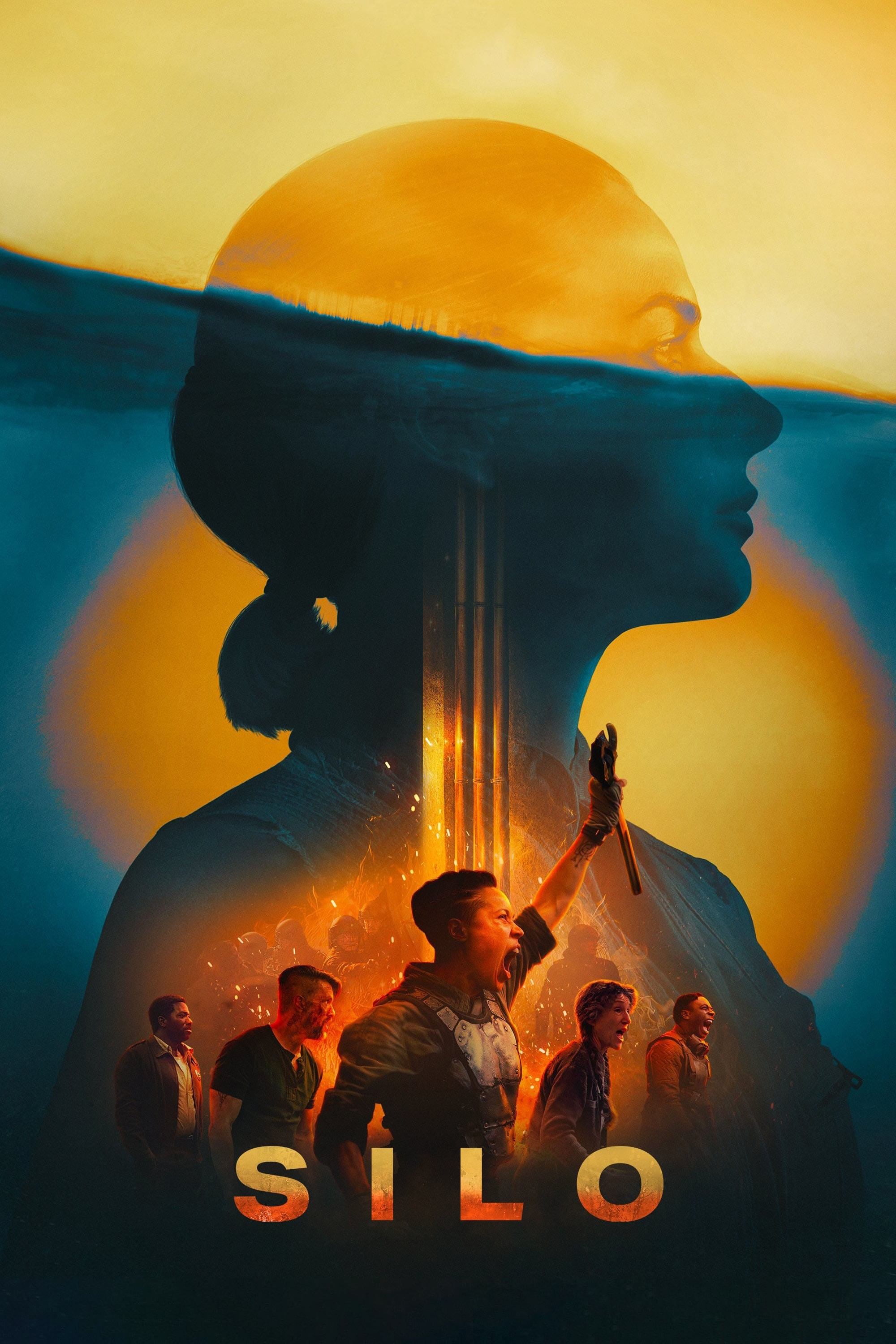
This series explores a hidden society living underground, where strict rules control what people know and where they go. We see how the community functions through upkeep, monitoring technology, and historical data. The setting features towering, self-contained systems for growing food, managing water, and handling waste. Everything, from tools to building blocks, shows signs of age and long-term use, hinting at how long this society has existed.
‘Travelers’ (2016–2018)
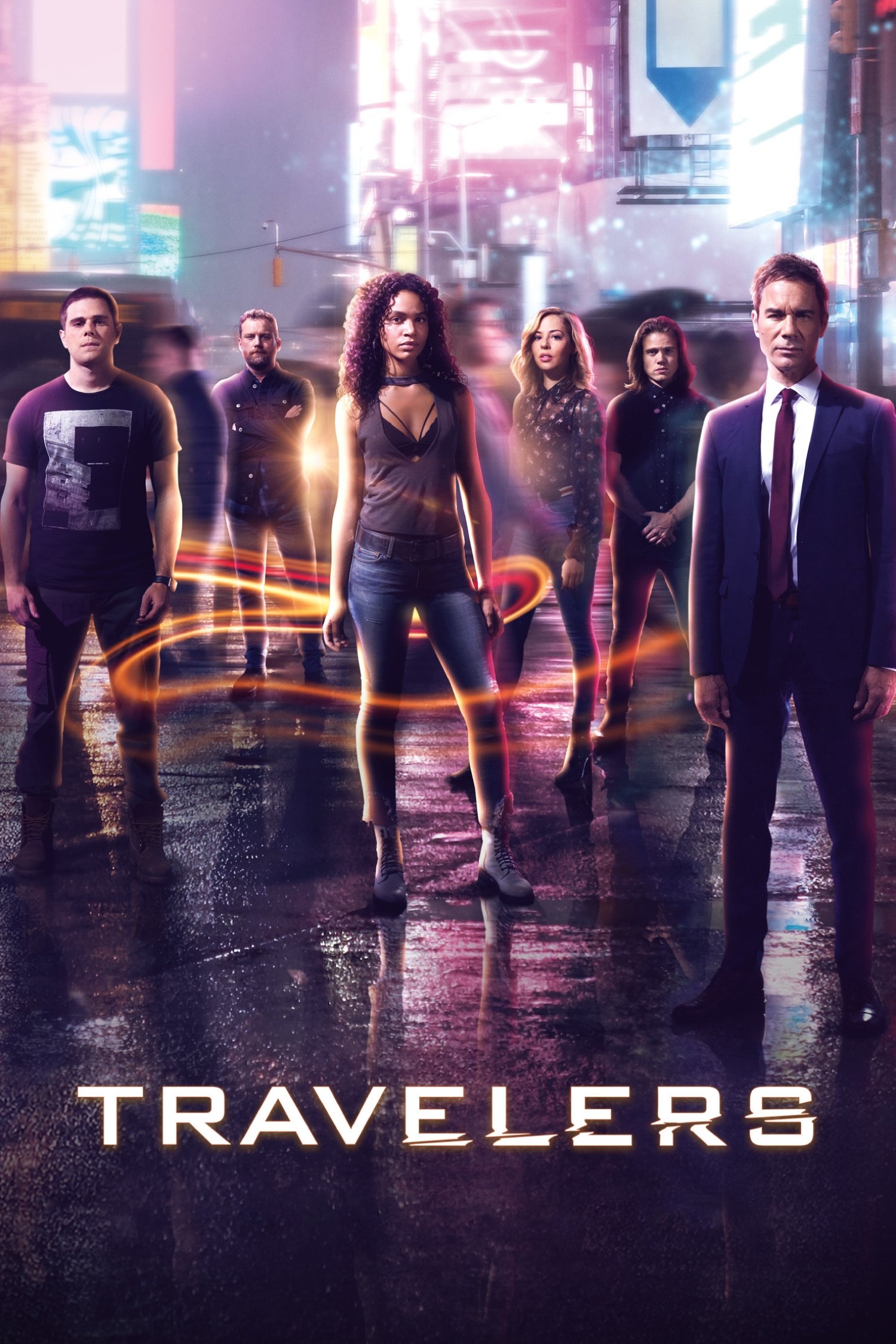
In this series, teams travel from the future, transferring their minds into people just before they die to change the past. They receive their assignments as brief, coded instructions with little explanation and must follow strict rules. Living undercover in the present creates personal challenges, straining relationships with family and impacting their careers. The show emphasizes the dangers of losing communication and the potential for missions to fail.
‘Upload’ (2020–present)
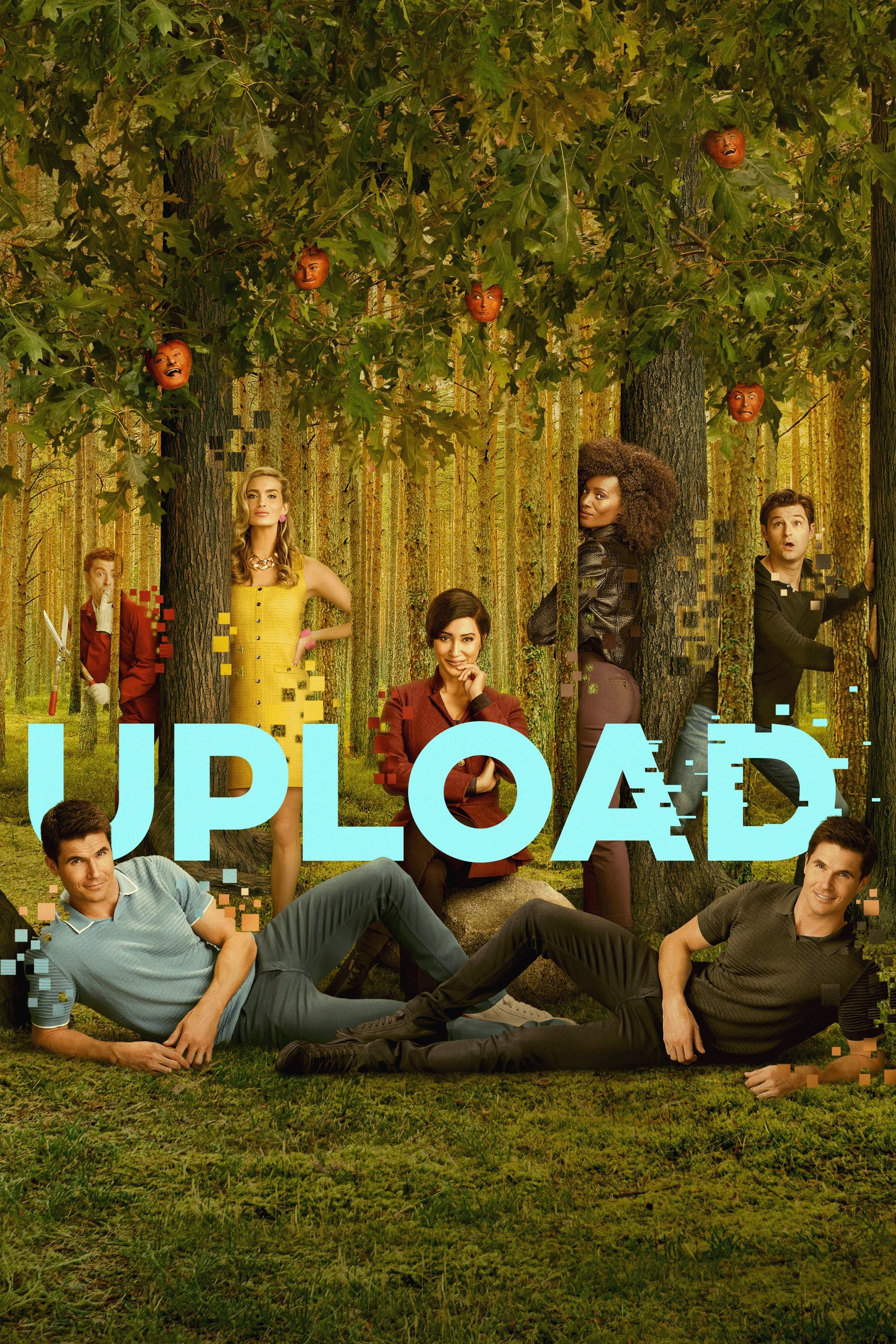
Imagine a future where you can upload your consciousness after death into a digital world run by companies. This virtual afterlife isn’t free, though – it comes with upgrades, data limits, and rules that affect your experience. Inside the simulation, tech support and engineers fix problems and handle complaints, while your access and what you can do are controlled by physical equipment and brain-computer connections in the real world.
‘Orphan Black’ (2013–2017)
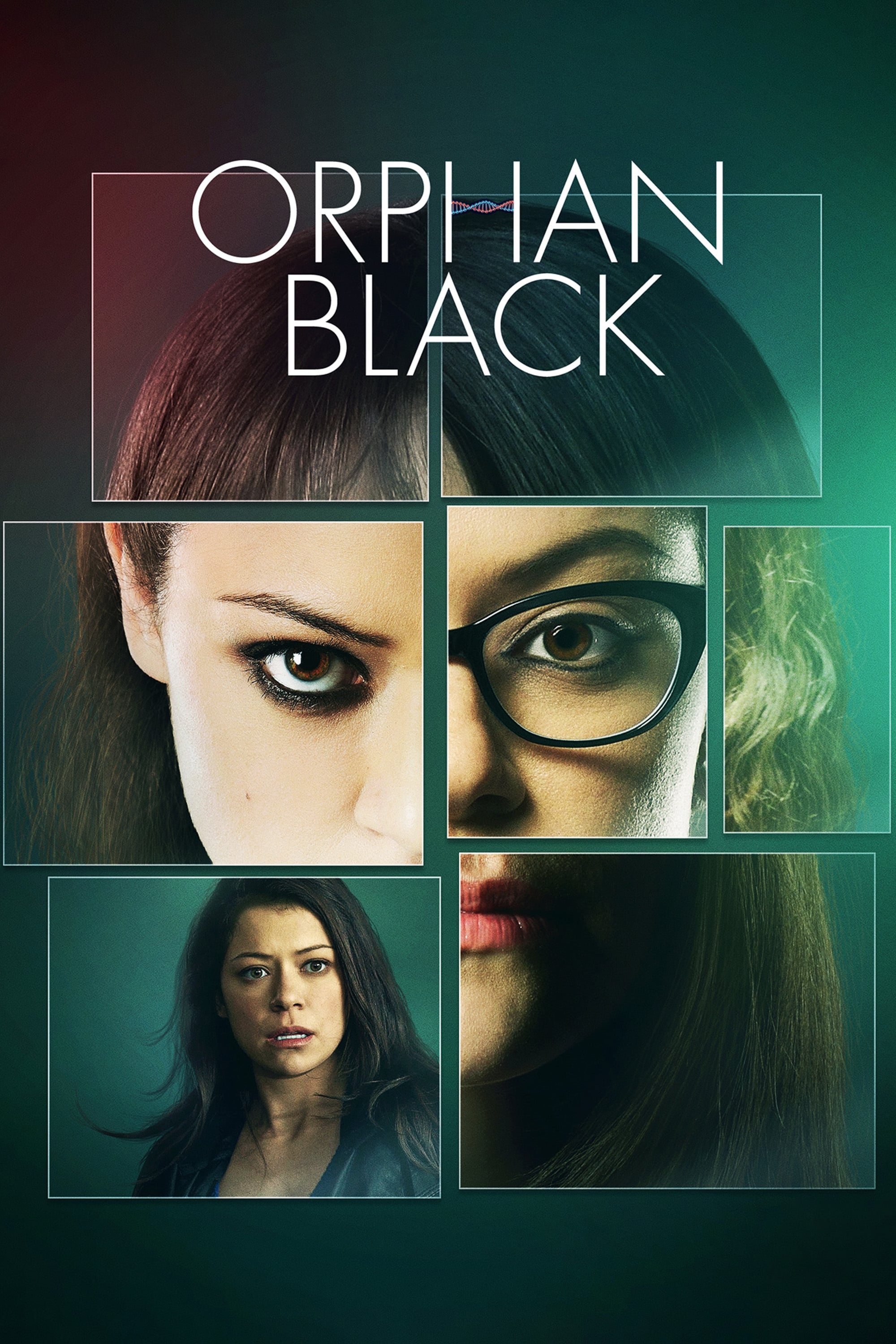
The series follows a woman who learns she’s a clone, leading her to expose a complex web of biotech secrets and conspiracies. The main actor cleverly plays multiple versions of the same character within scenes, using advanced filming techniques. The plot explores issues like who owns genetic information, the legality of gene patents, and hidden scientific research. Each clone is easily distinguished by their unique appearance, voice, and way of moving, ensuring the audience can follow the story.
Let us know your top sci-fi series in the comments! Also, tell us which shows you think should be added to our list.
Read More
- Deepfake Drama Alert: Crypto’s New Nemesis Is Your AI Twin! 🧠💸
- Can the Stock Market Defy Logic and Achieve a Third Consecutive 20% Gain?
- Dogecoin’s Big Yawn: Musk’s X Money Launch Leaves Market Unimpressed 🐕💸
- Bitcoin’s Ballet: Will the Bull Pirouette or Stumble? 💃🐂
- SentinelOne’s Sisyphean Siege: A Study in Cybersecurity Hubris
- LINK’s Tumble: A Tale of Woe, Wraiths, and Wrapped Assets 🌉💸
- Binance’s $5M Bounty: Snitch or Be Scammed! 😈💰
- ‘Wake Up Dead Man: A Knives Out Mystery’ Is on Top of Netflix’s Most-Watched Movies of the Week List
- Yearn Finance’s Fourth DeFi Disaster: When Will the Drama End? 💥
- Silver Rate Forecast
2025-11-10 11:53